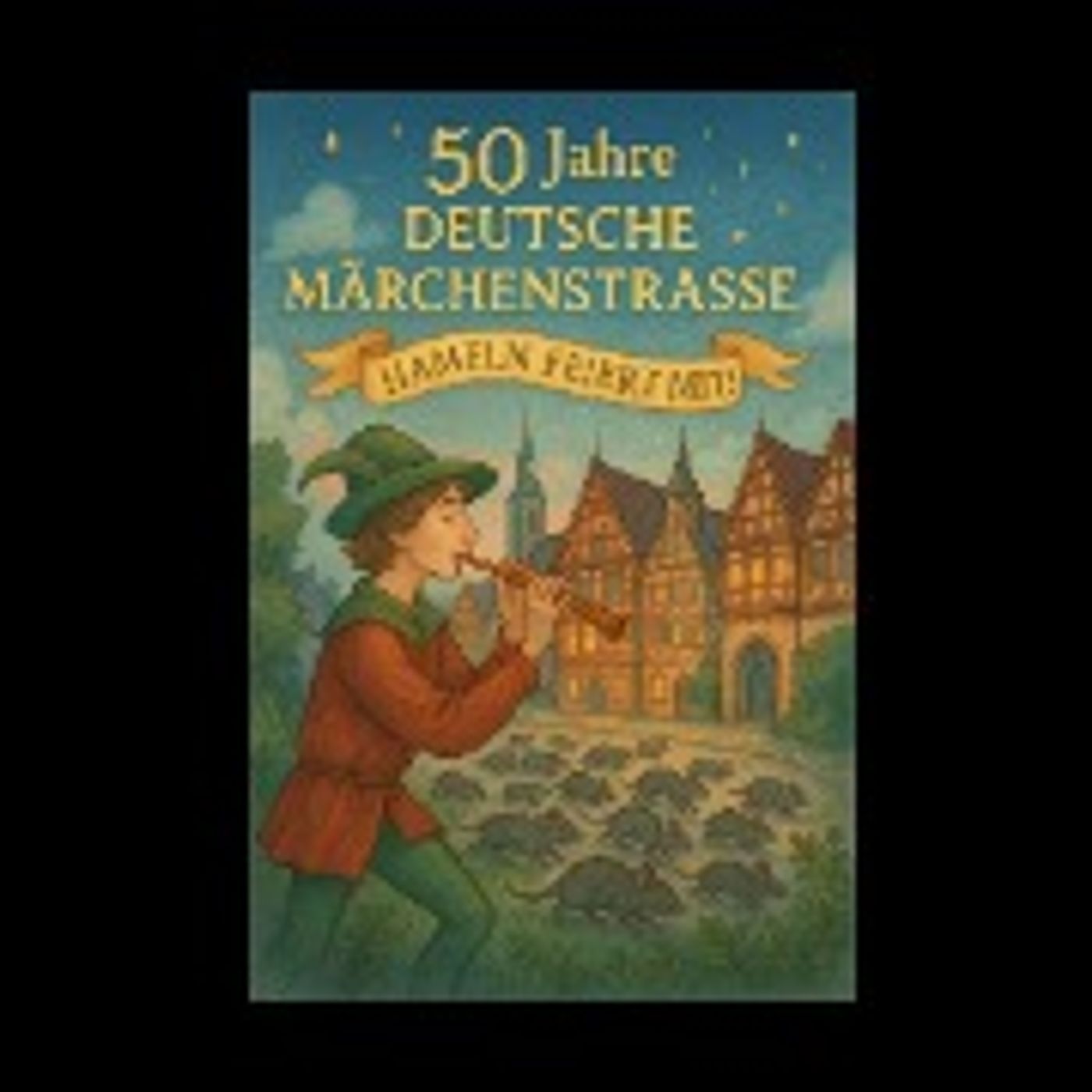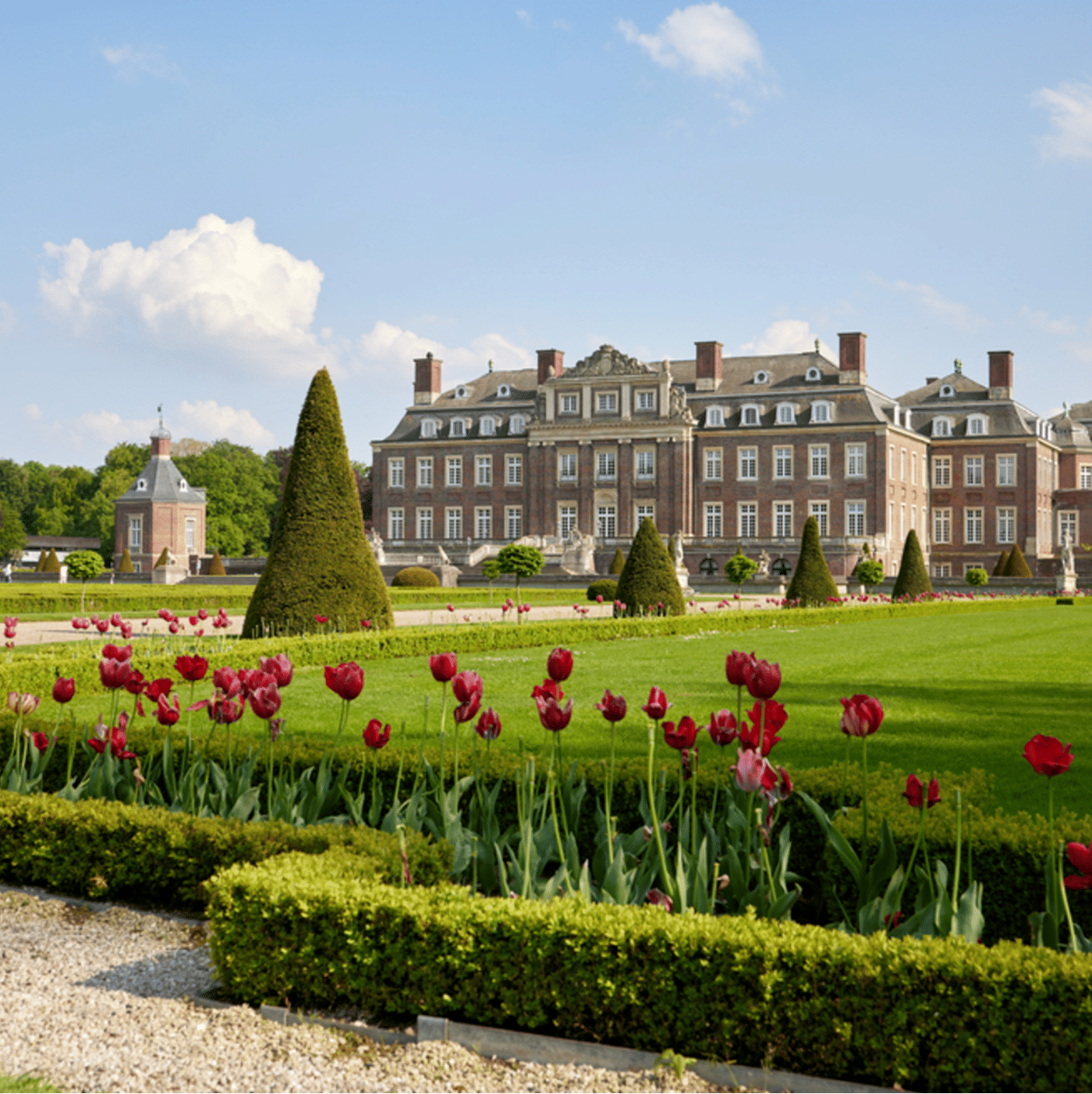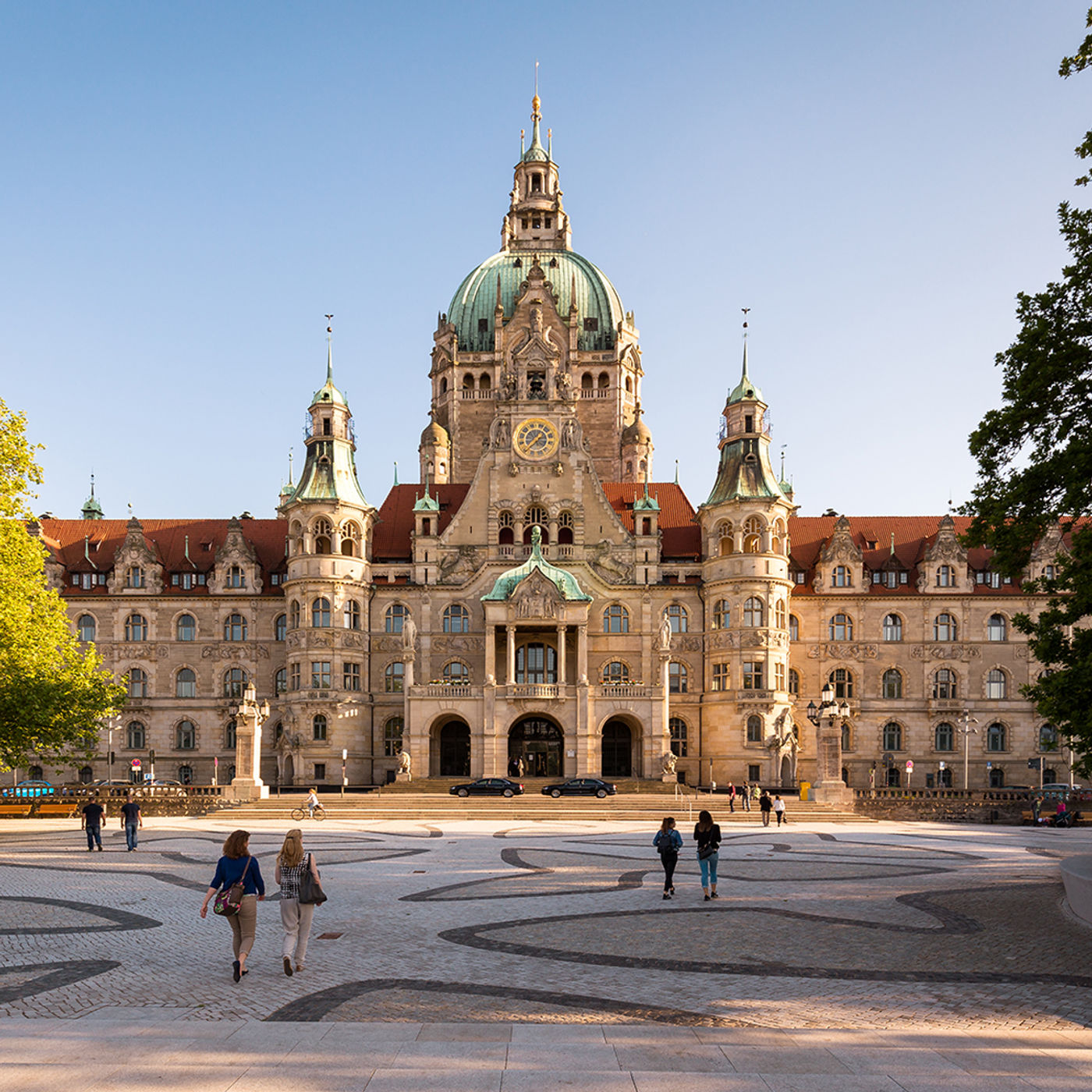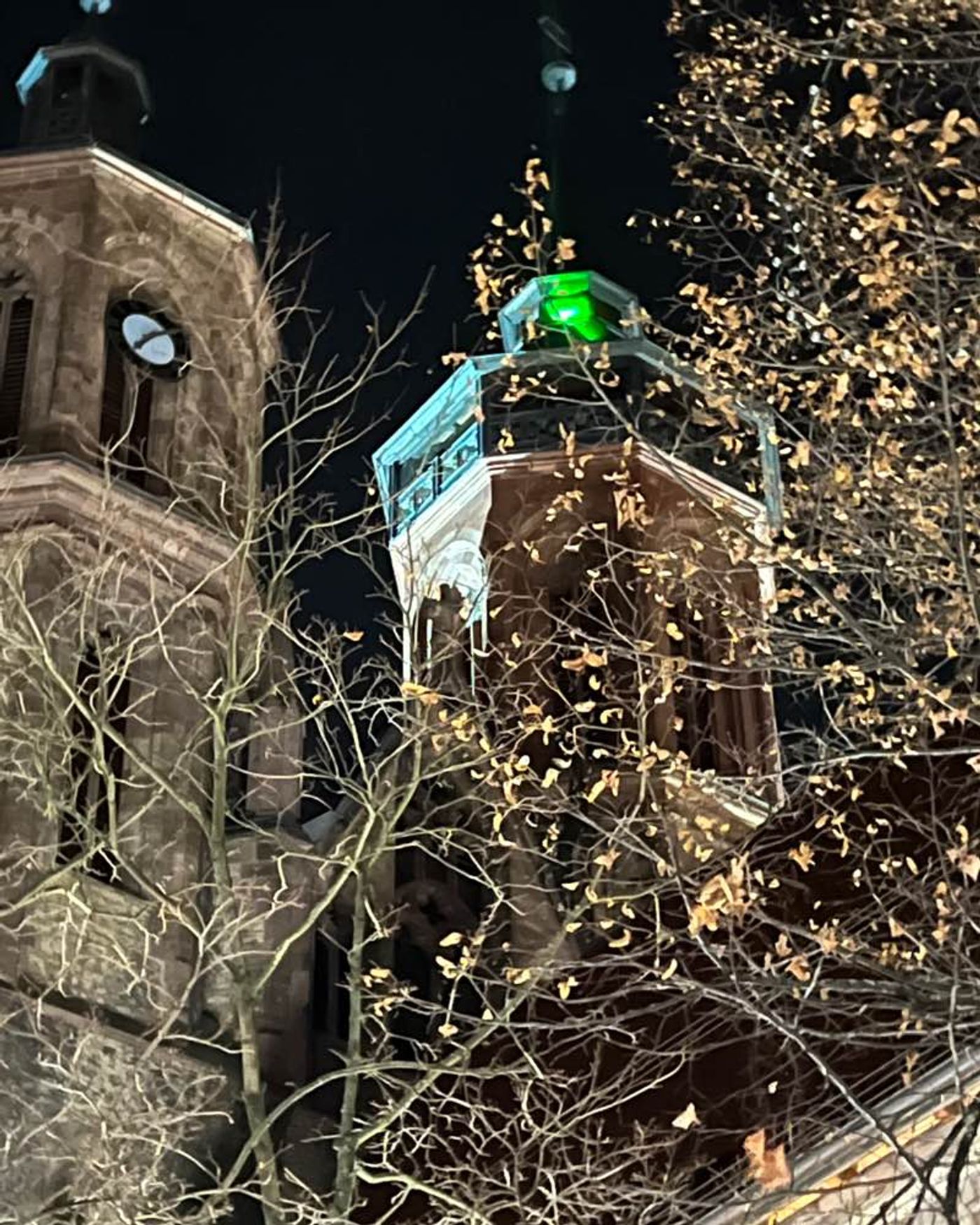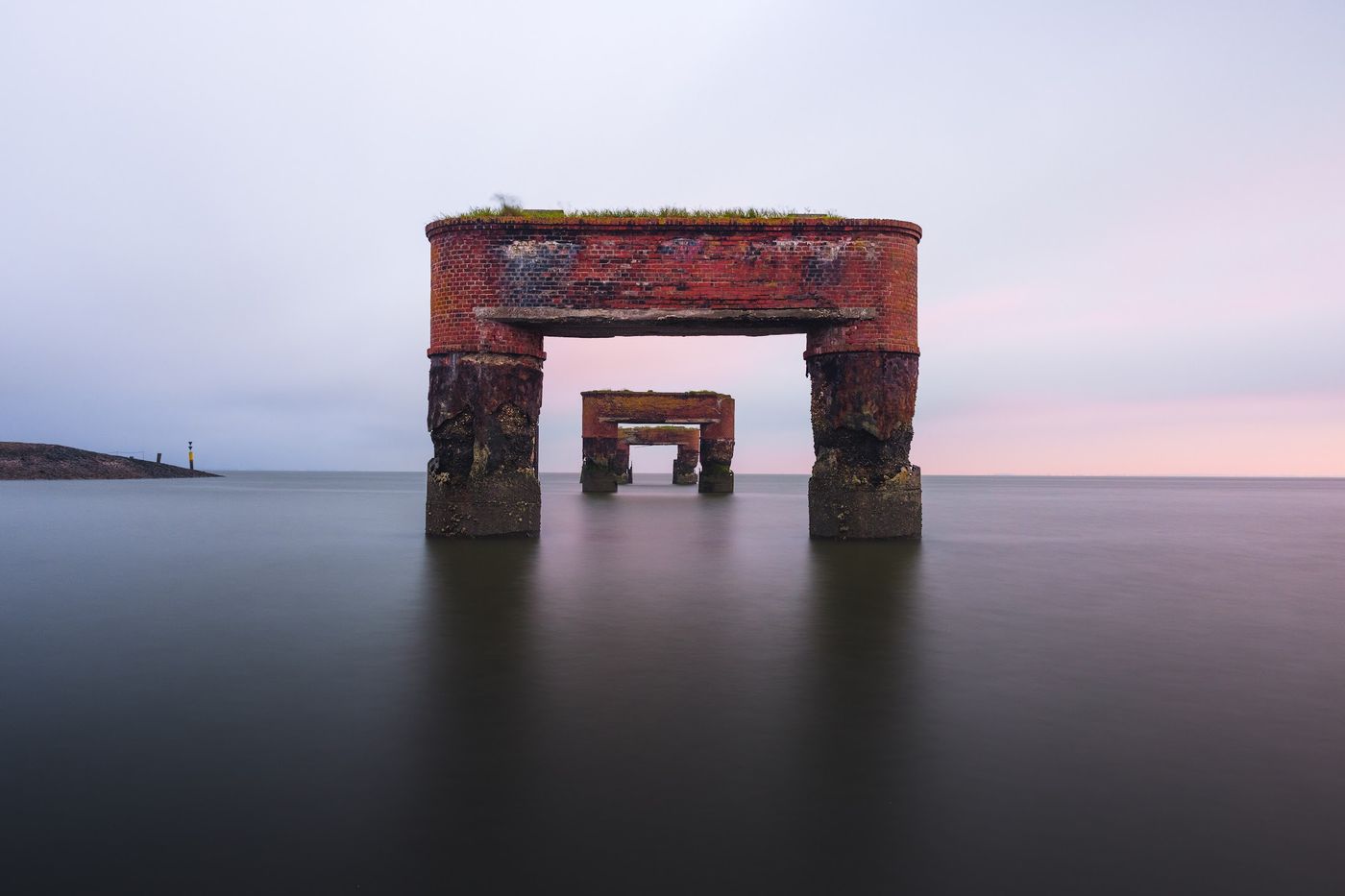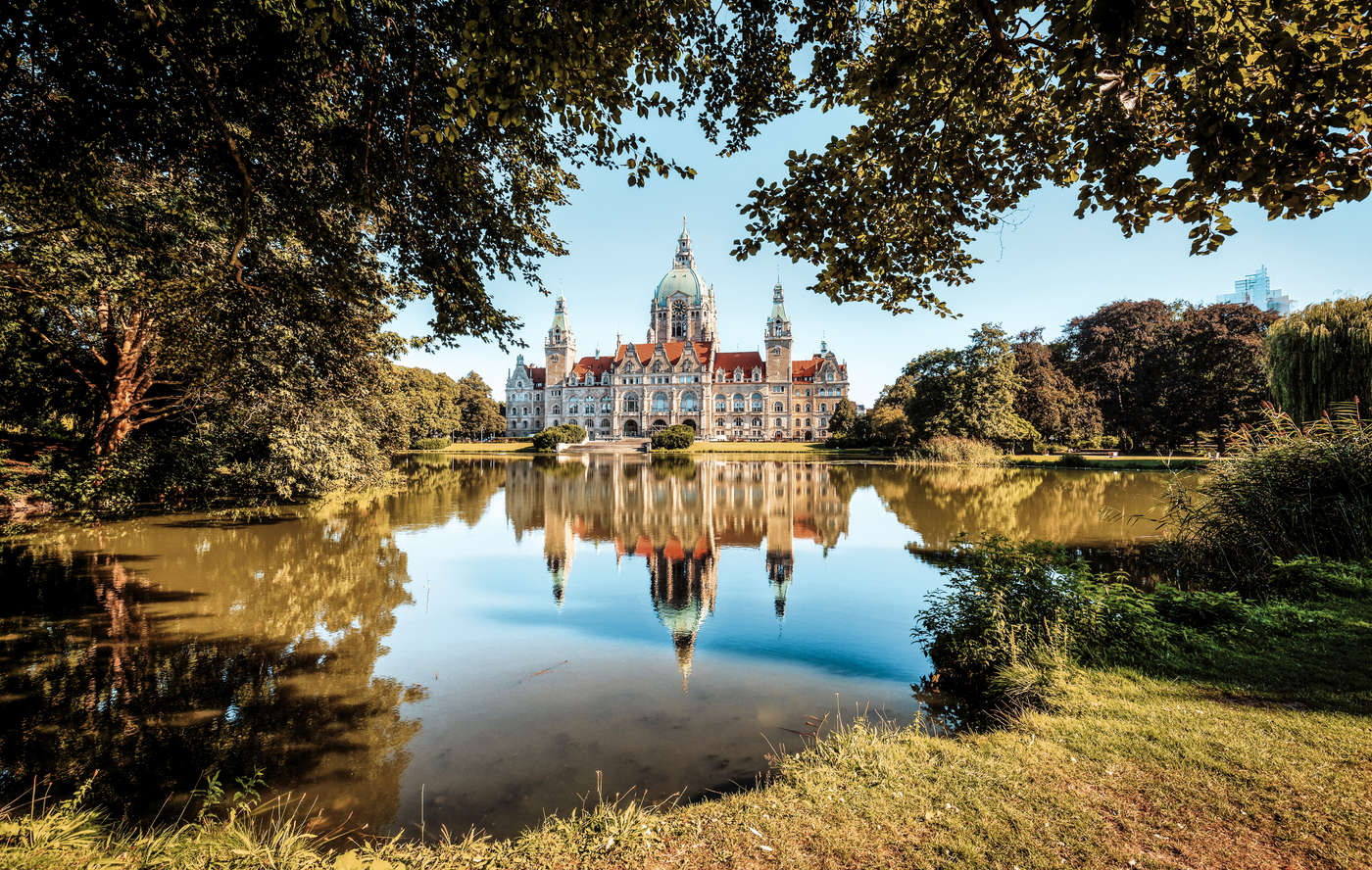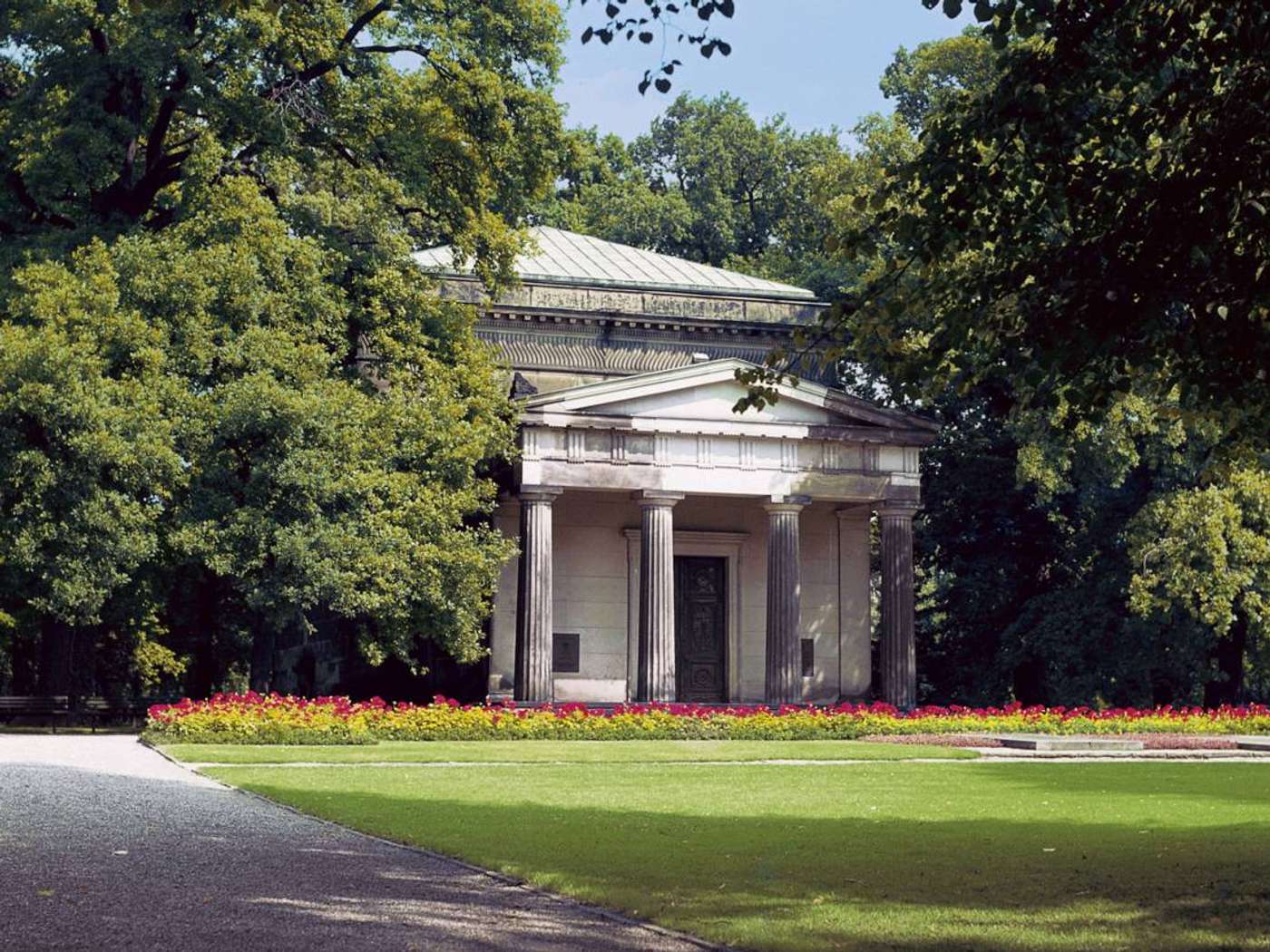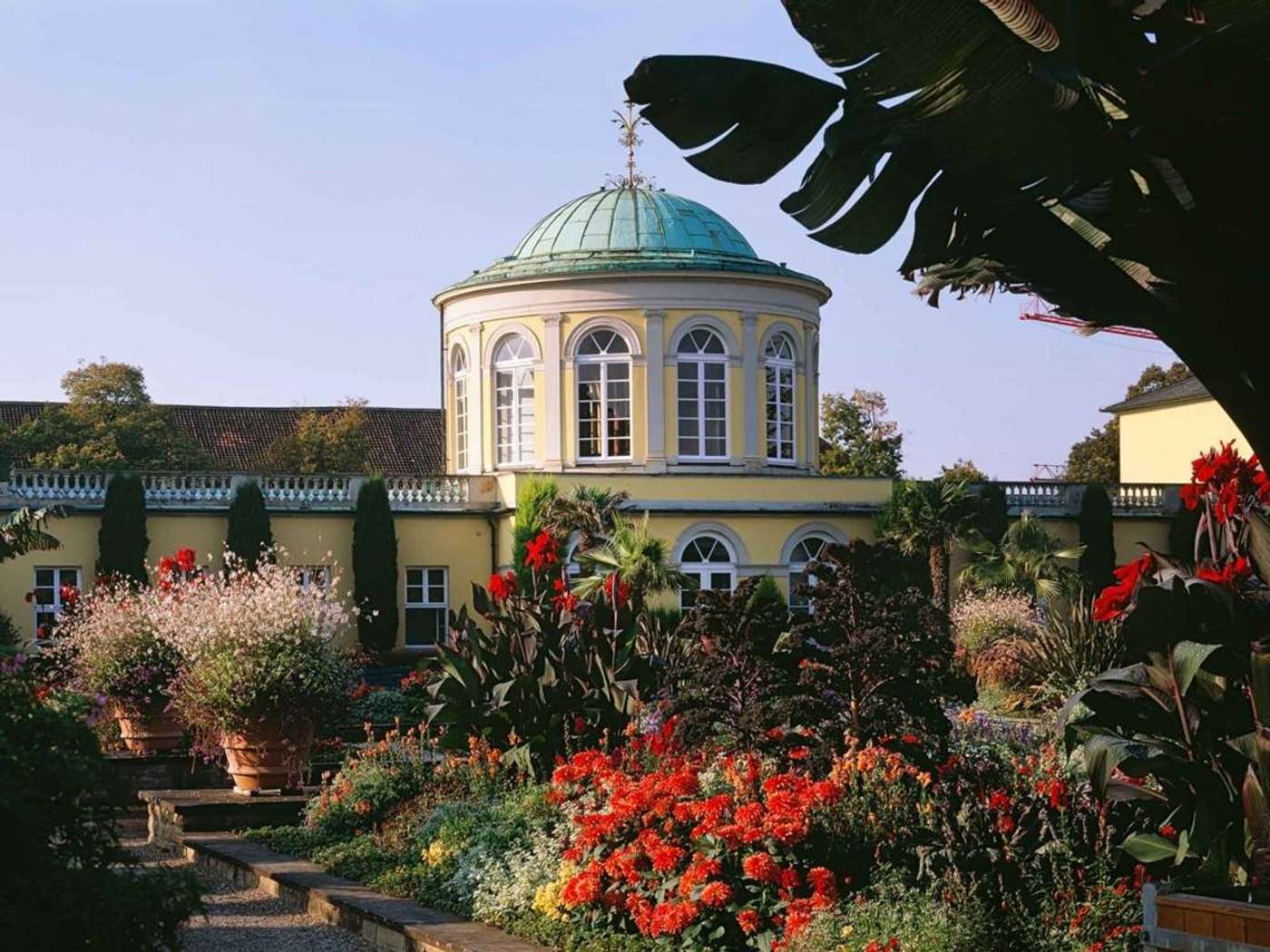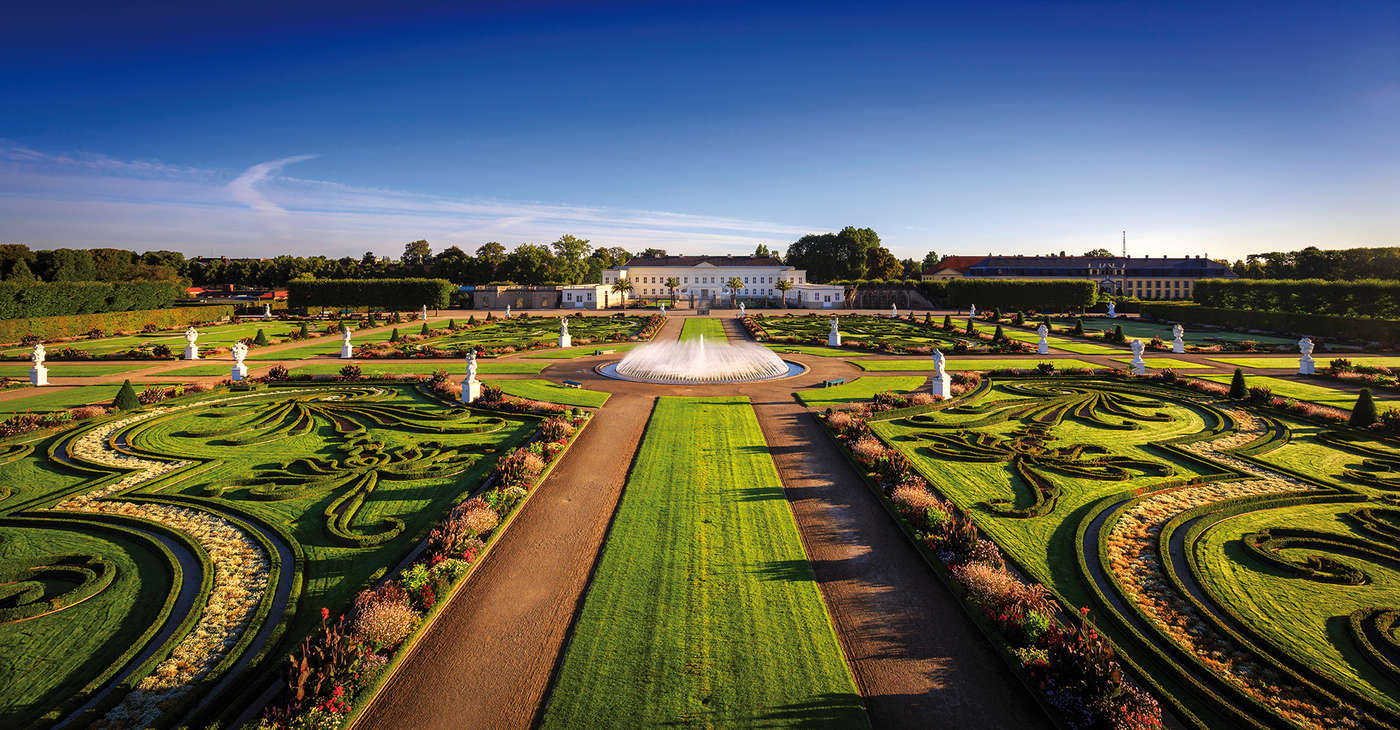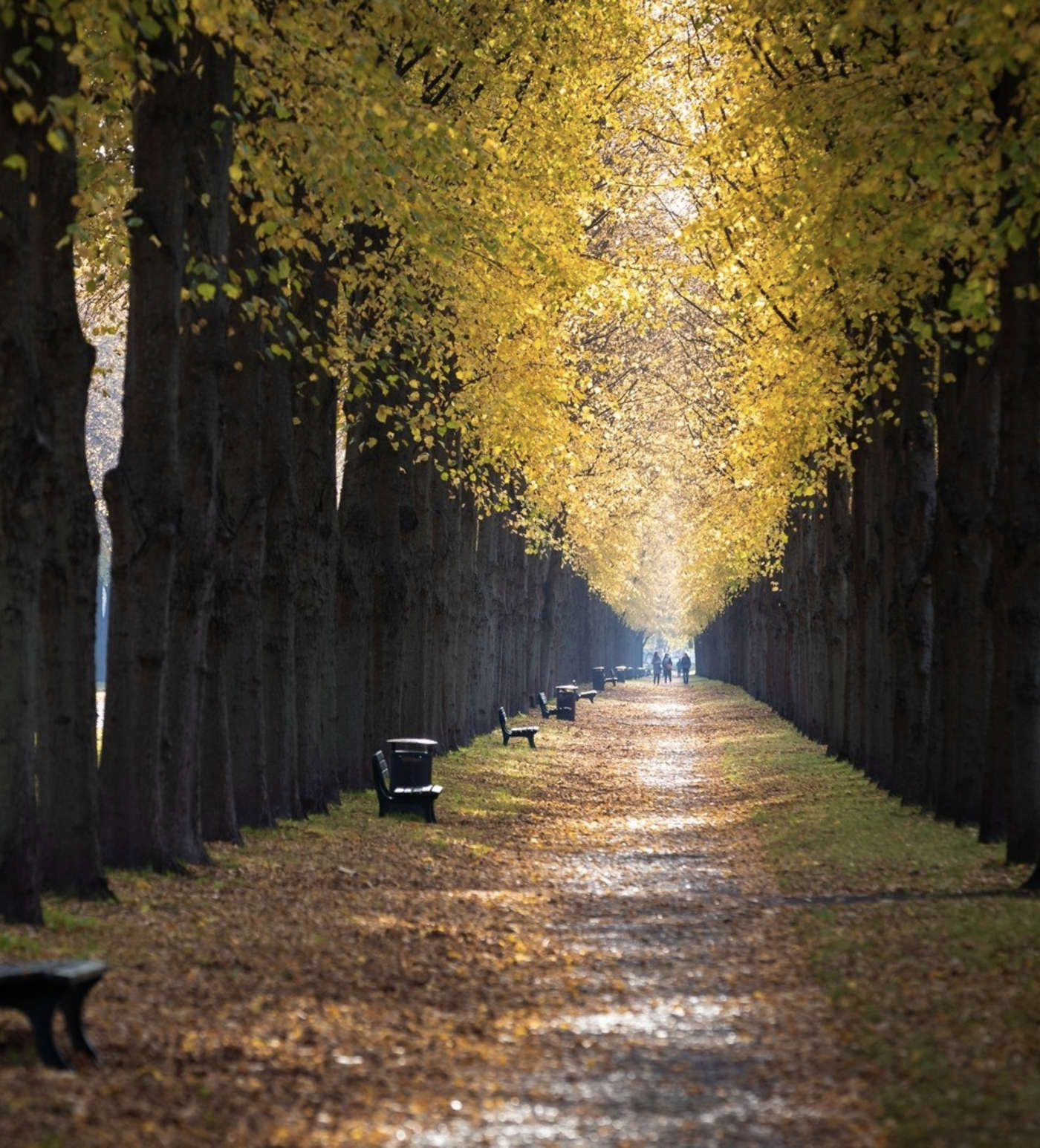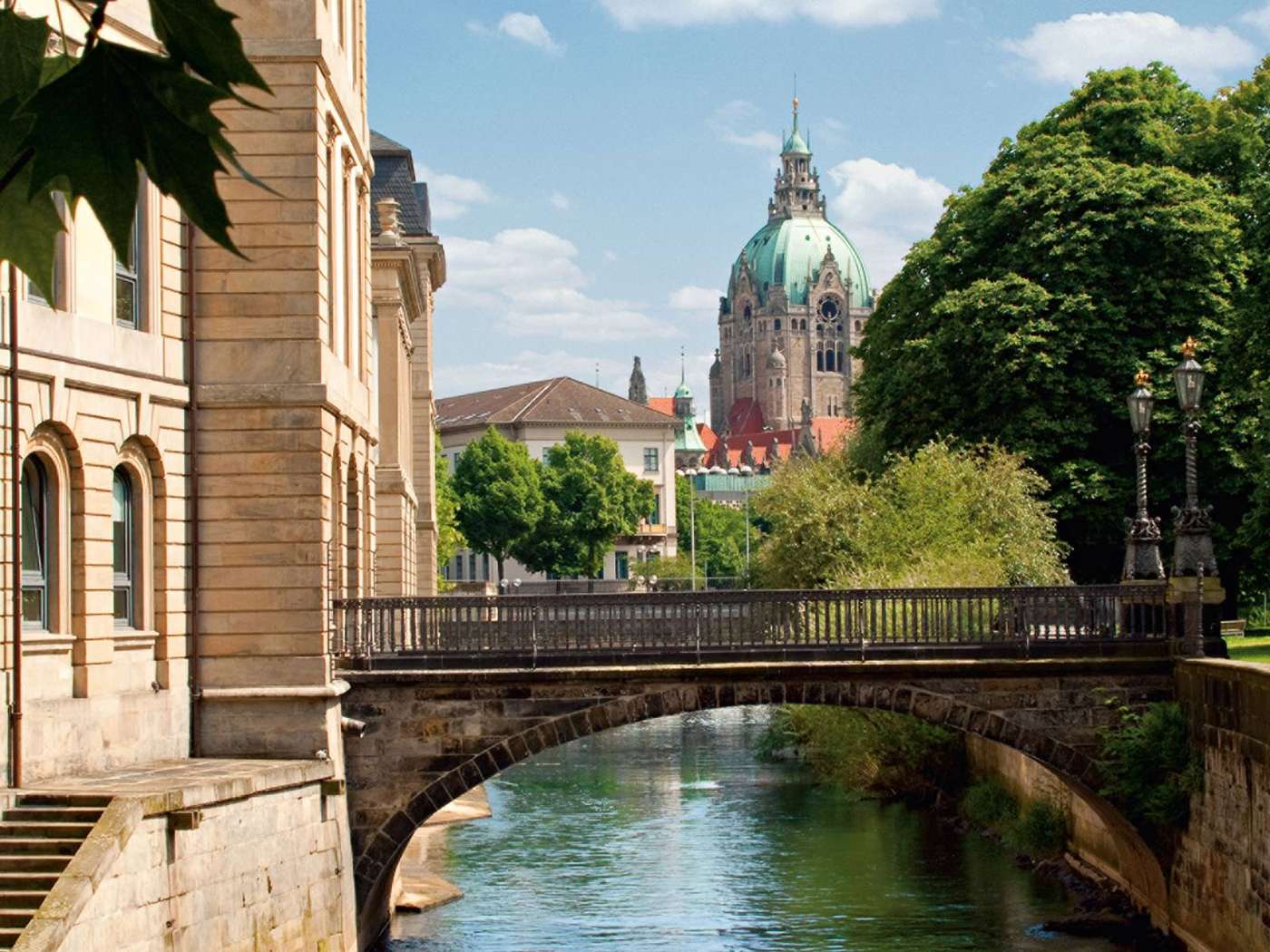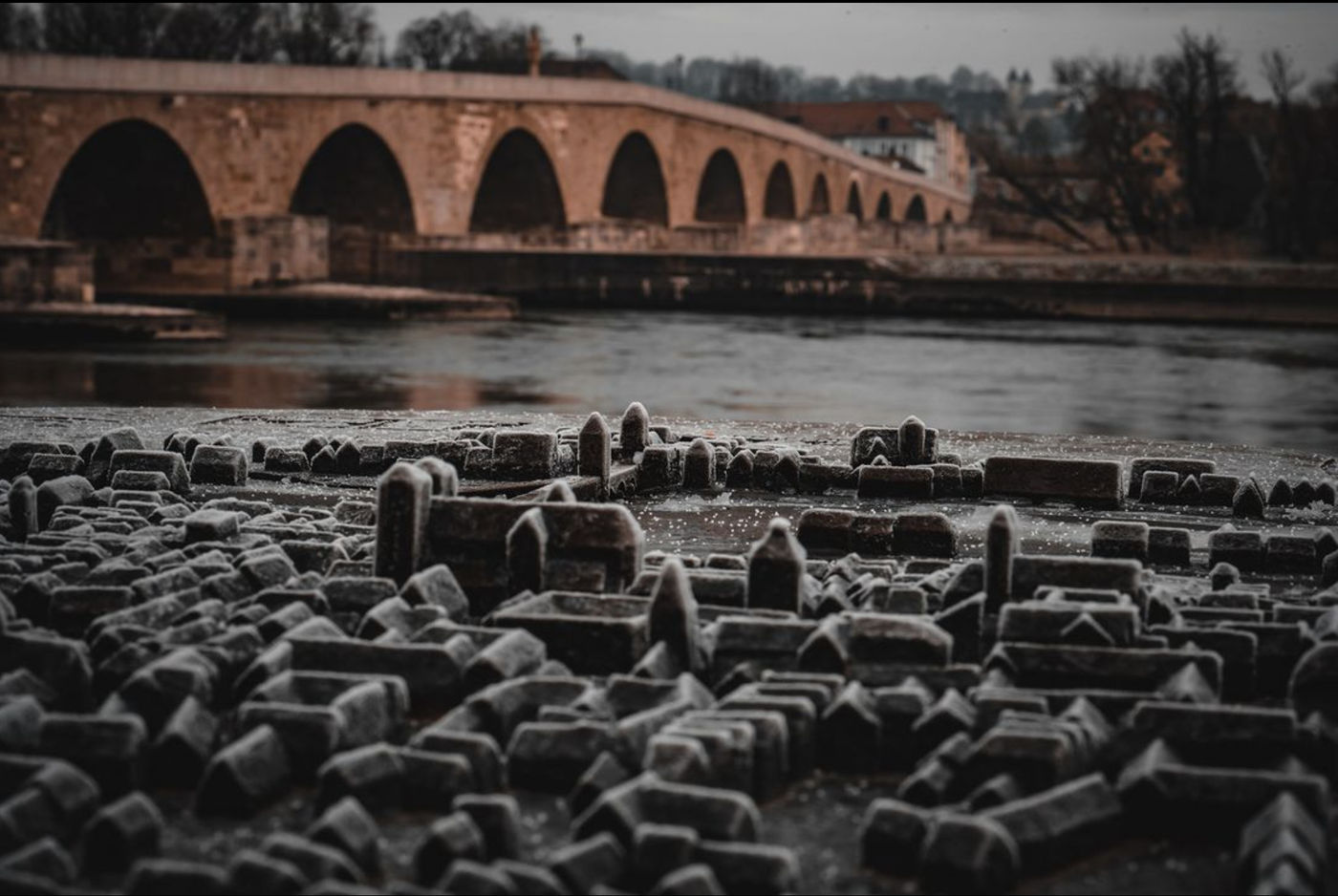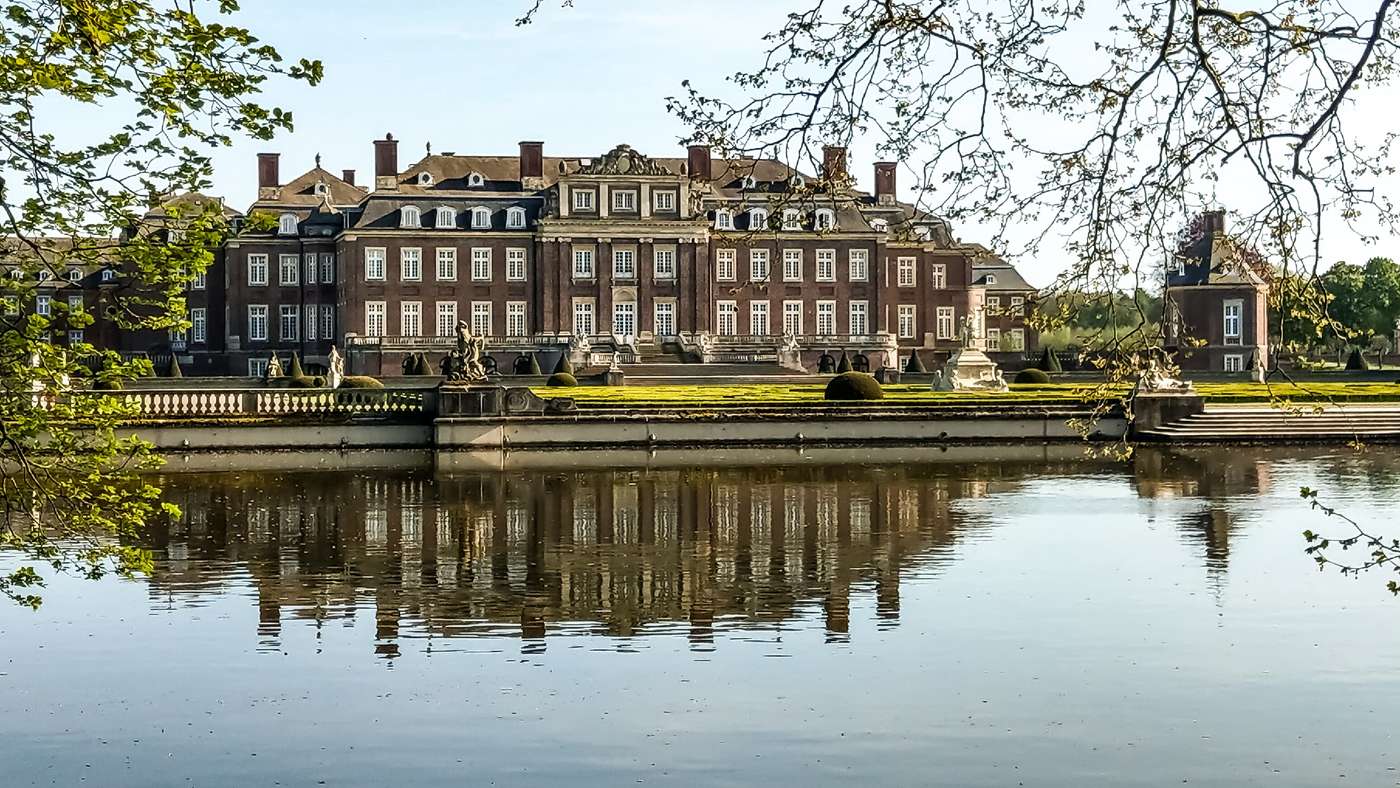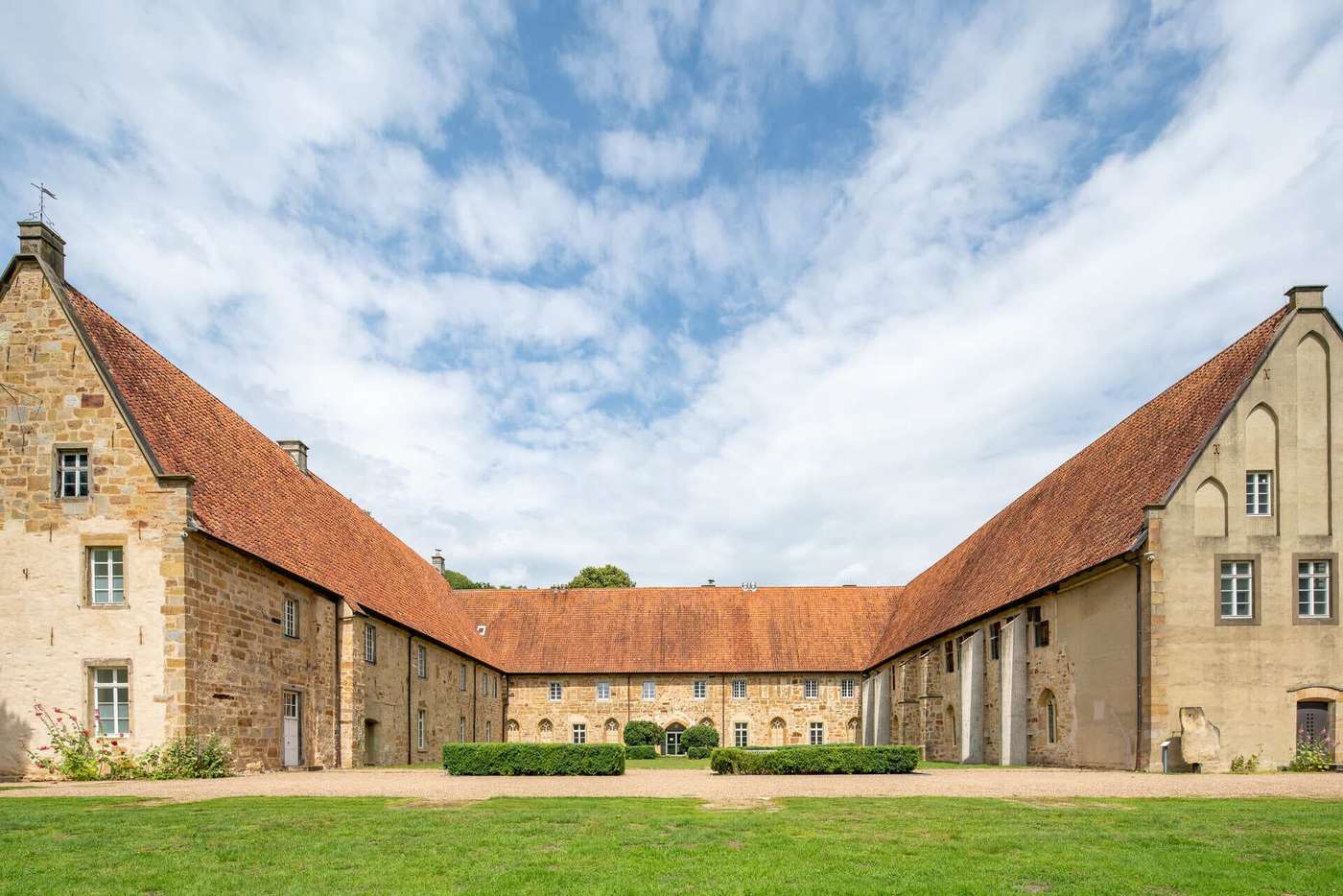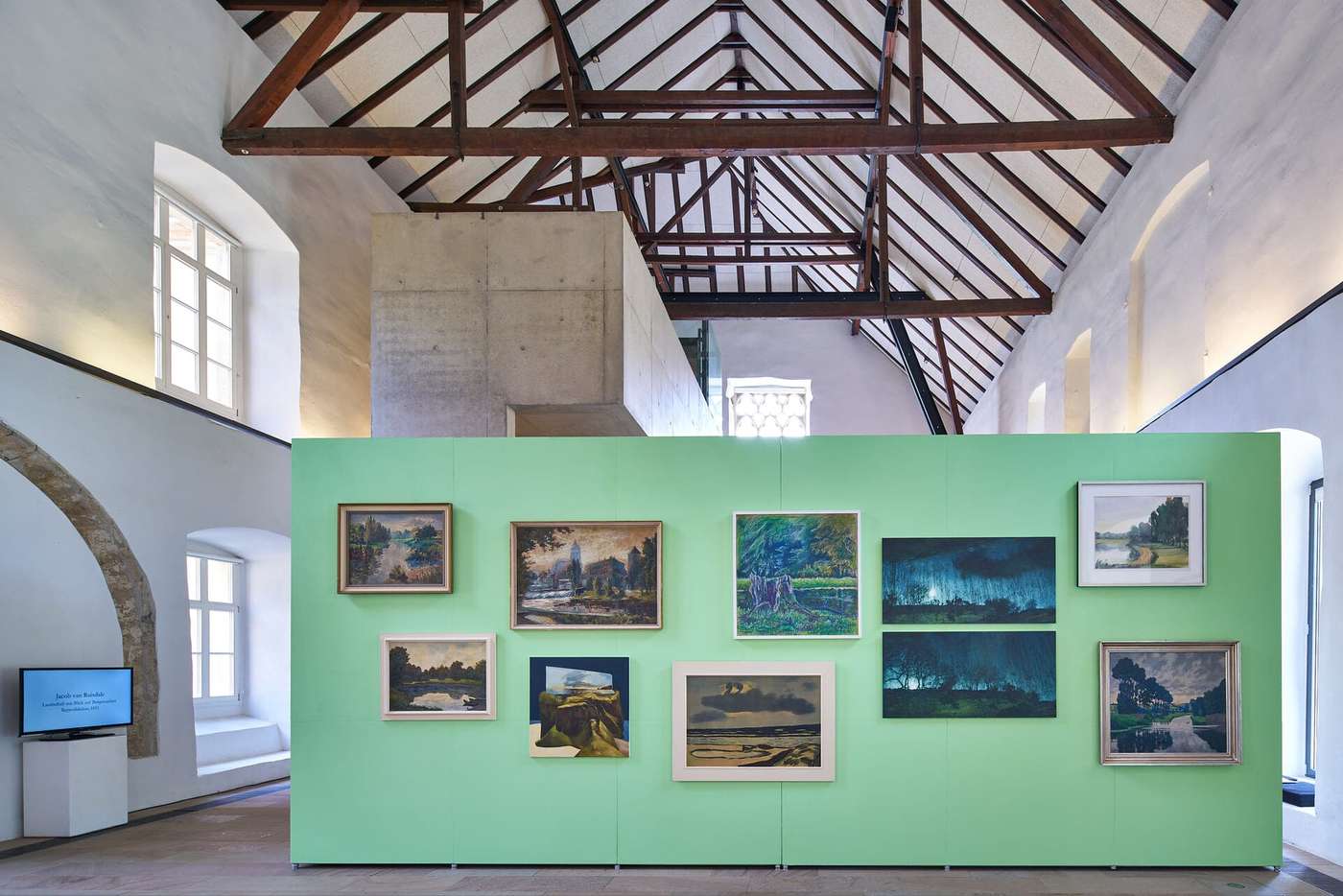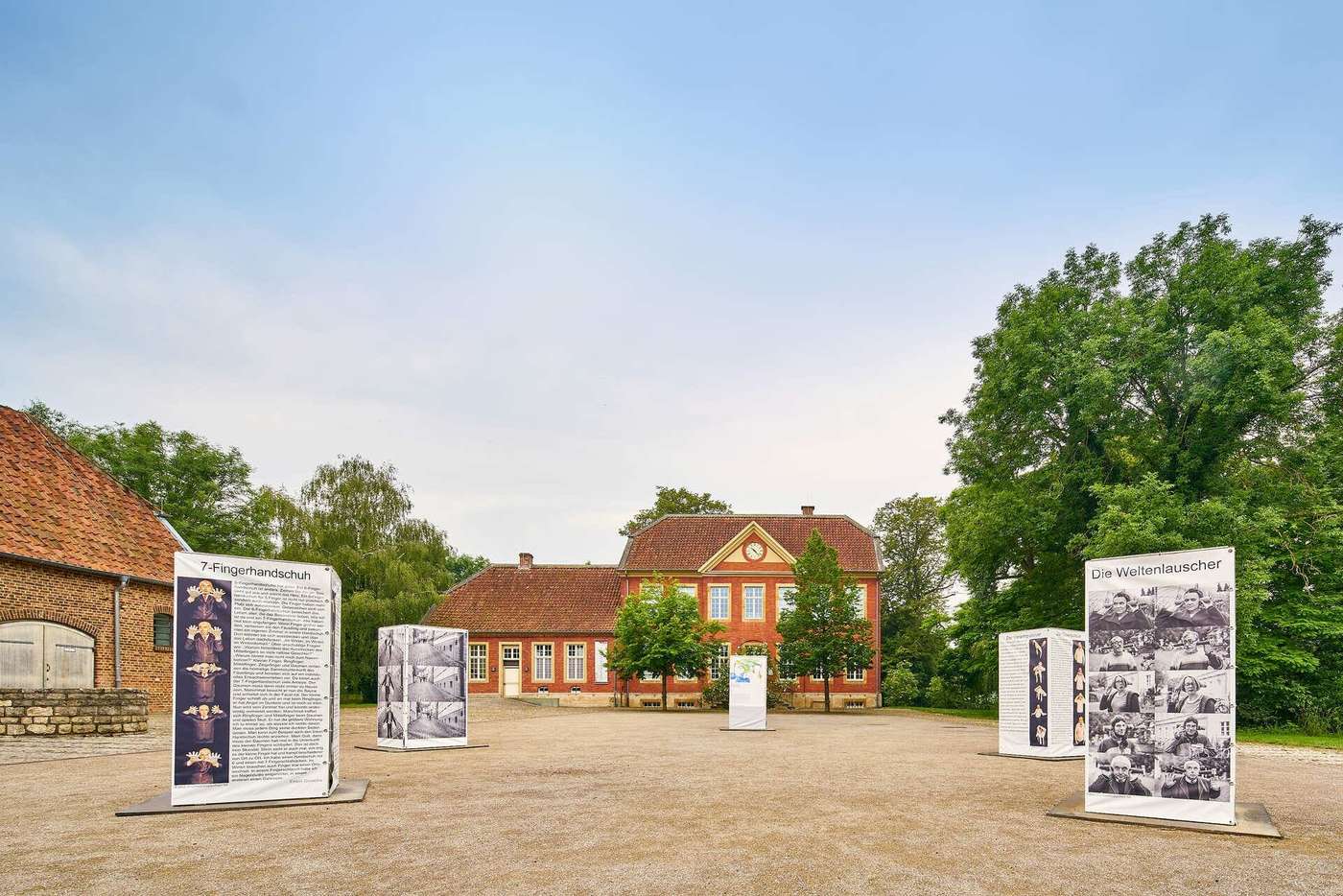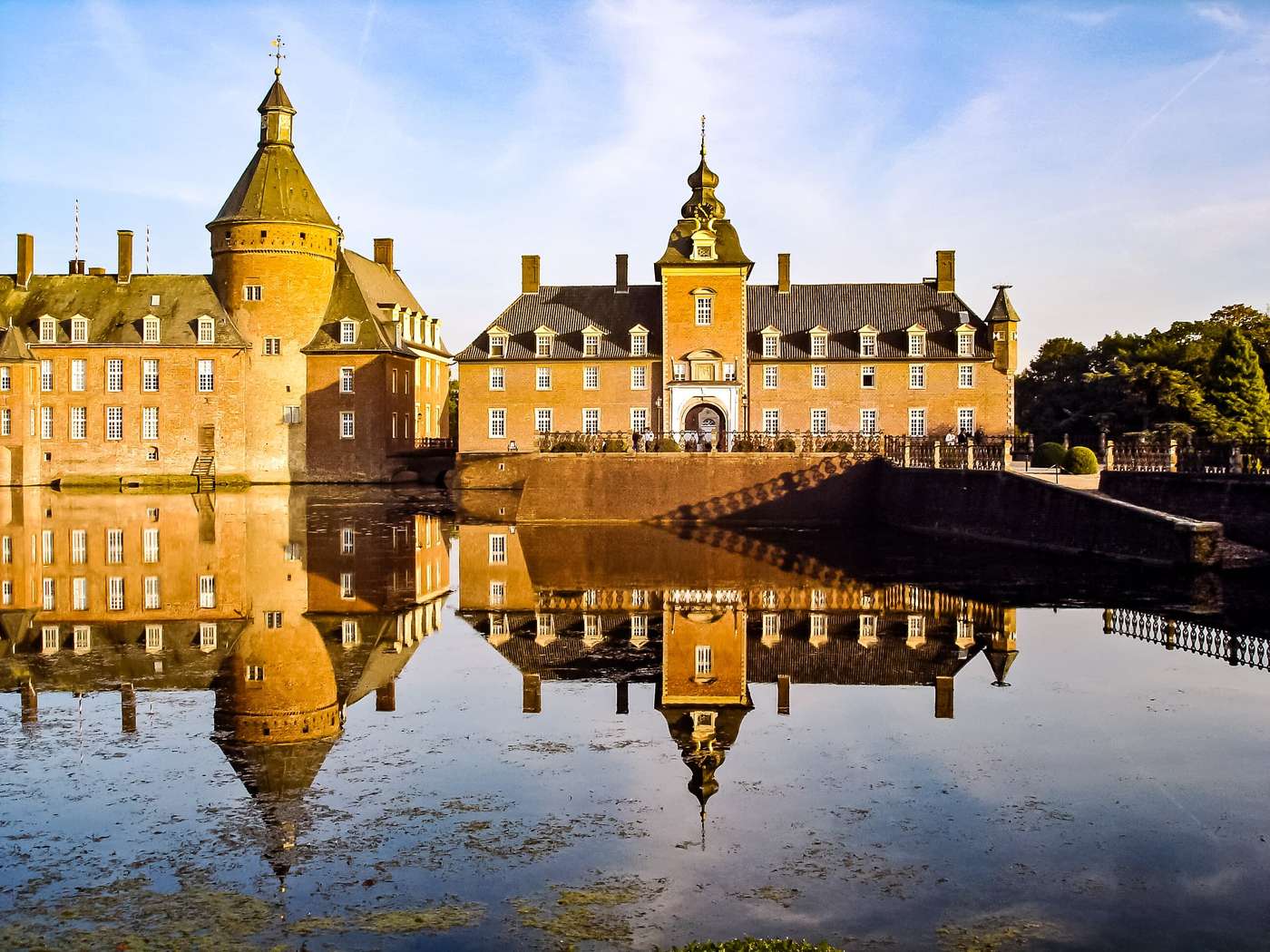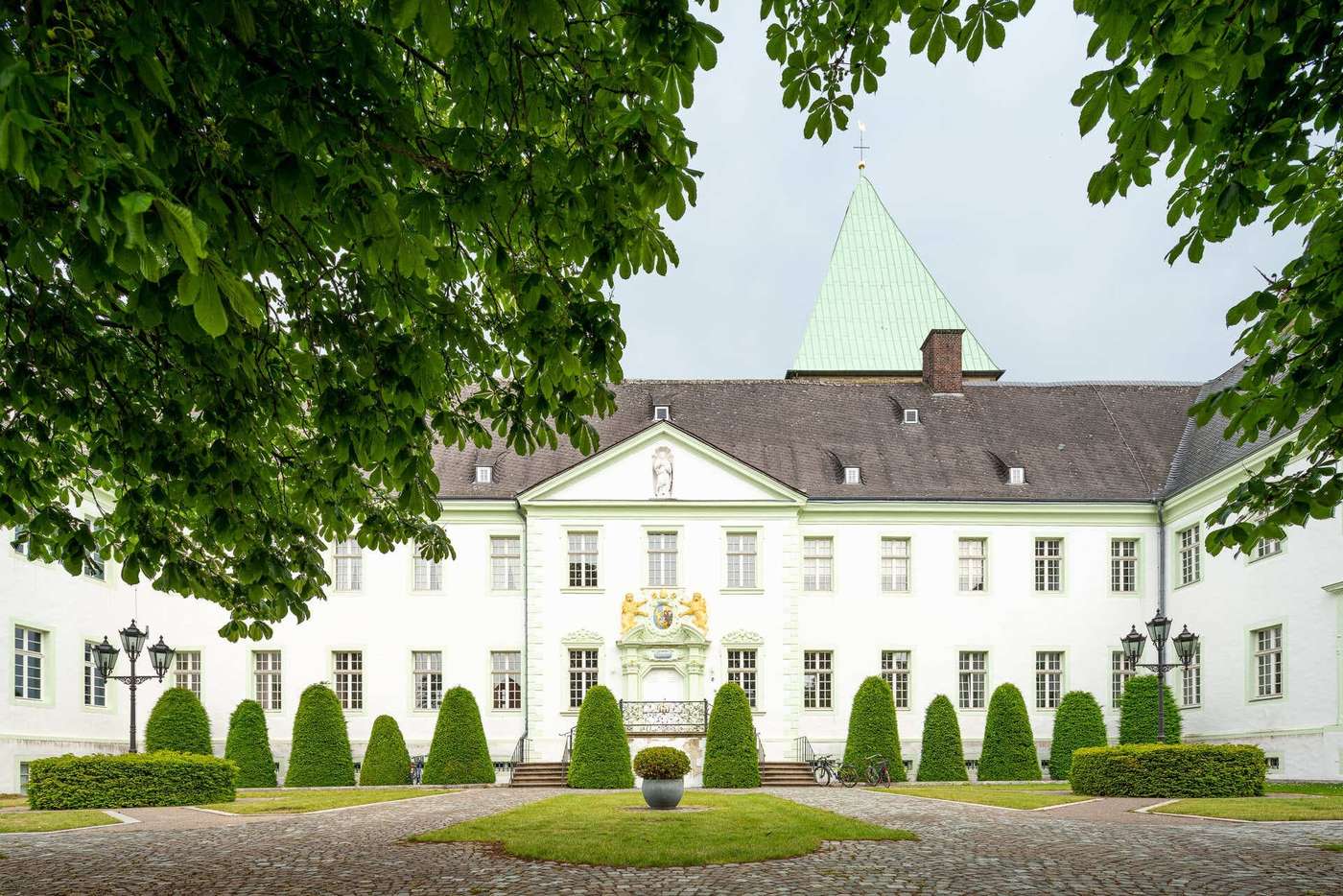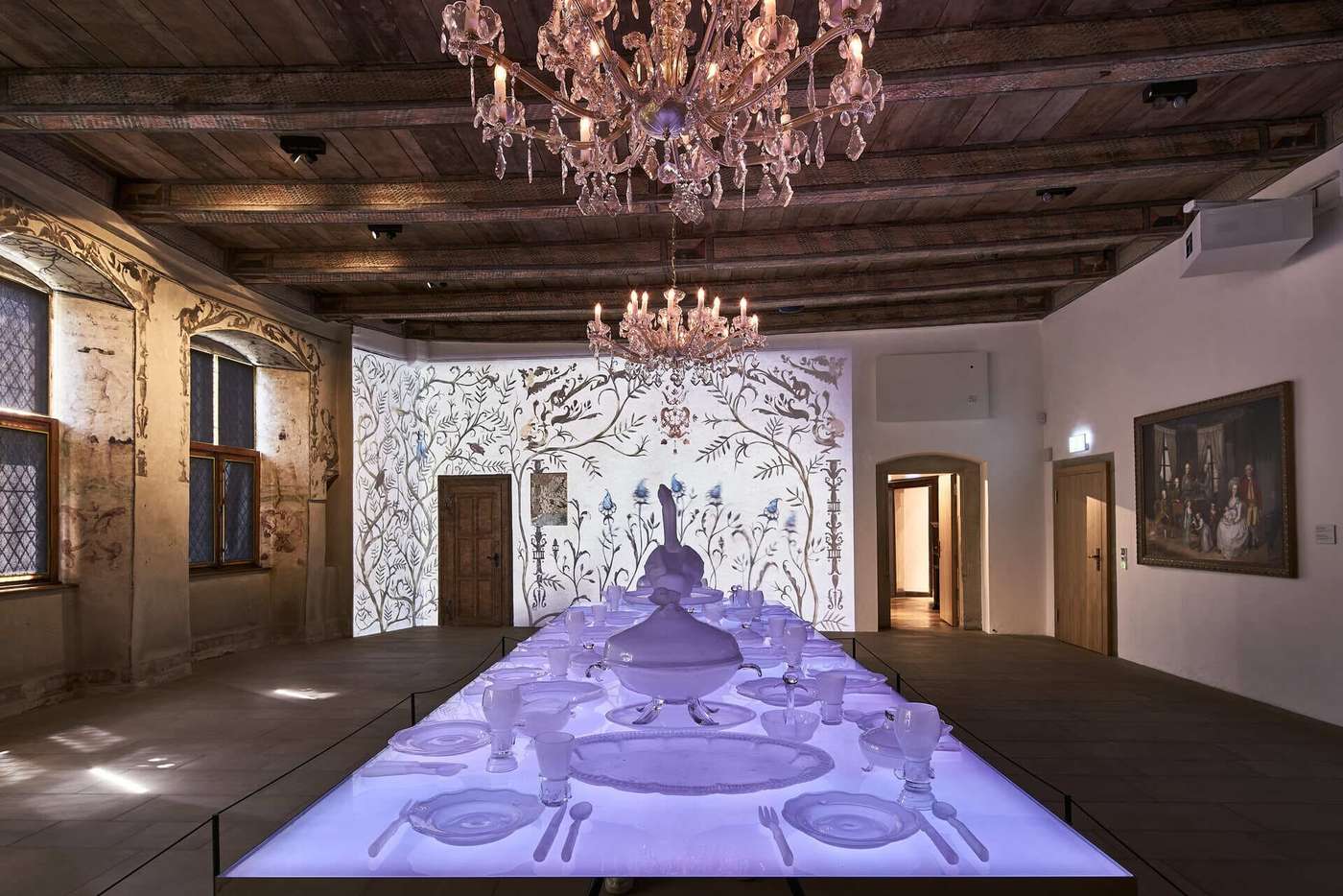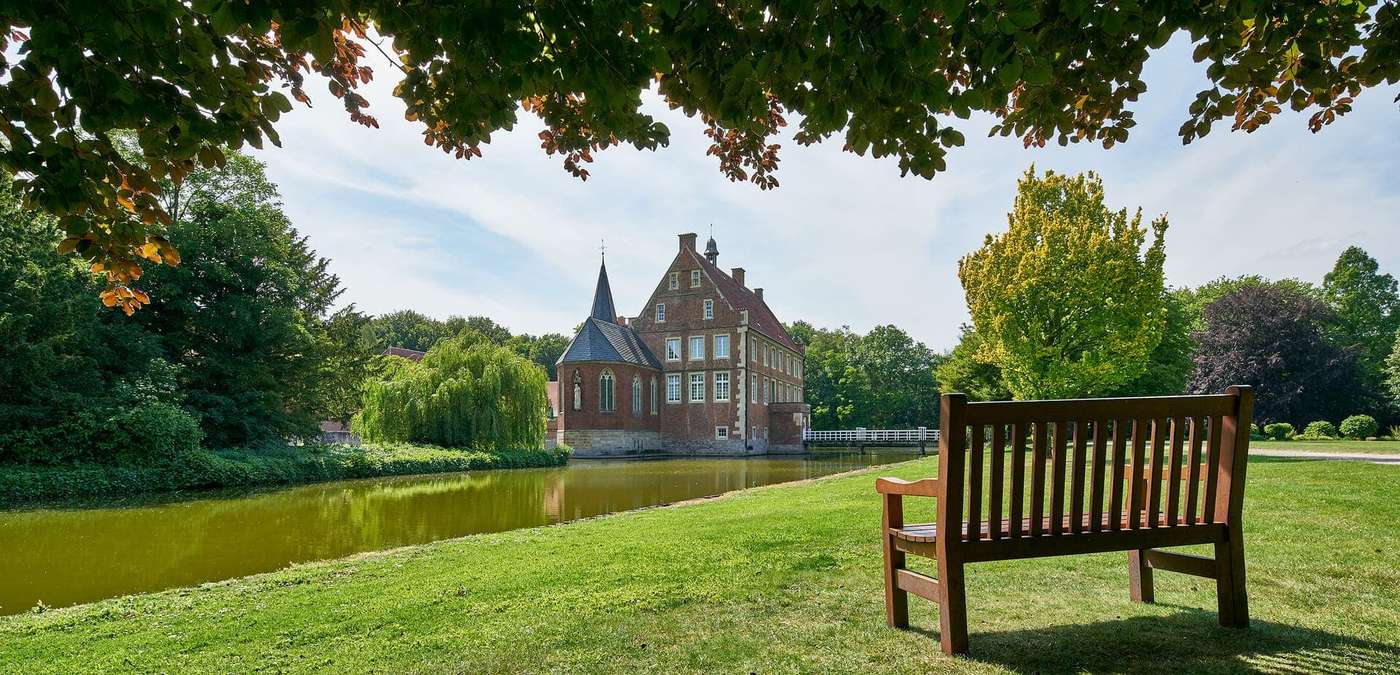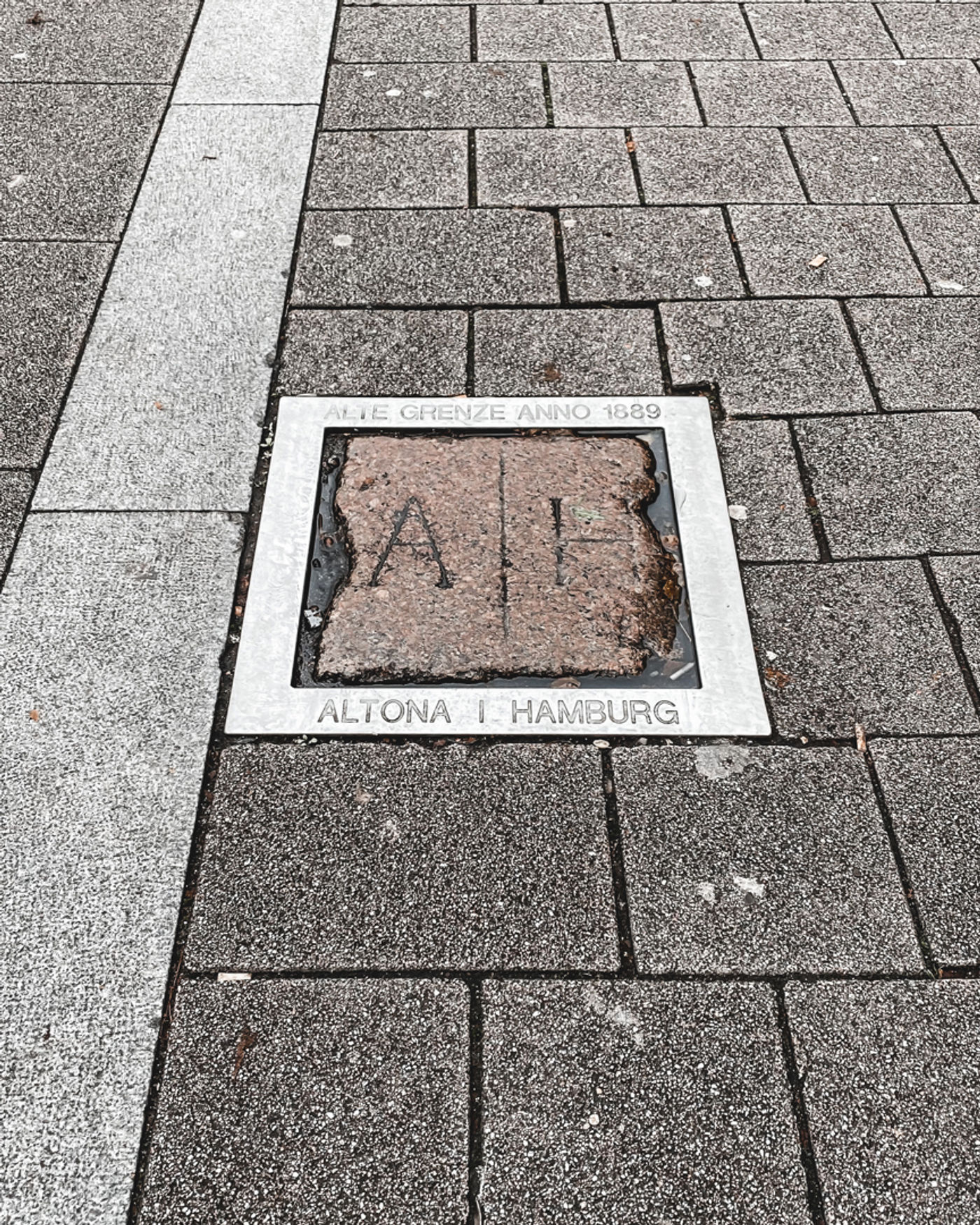
Hamburg
"Going on the hustle?"
Created in Altona. How so? Prostitution was forbidden in the German Empire. But in Denmark, and Altona belonged to it at that time, it was not. To attract German clients, Danish prostitutes walked along the border between Altona and Hamburg. "At some point, "Auf den Strich" became a synonym for "prostitute yourself.
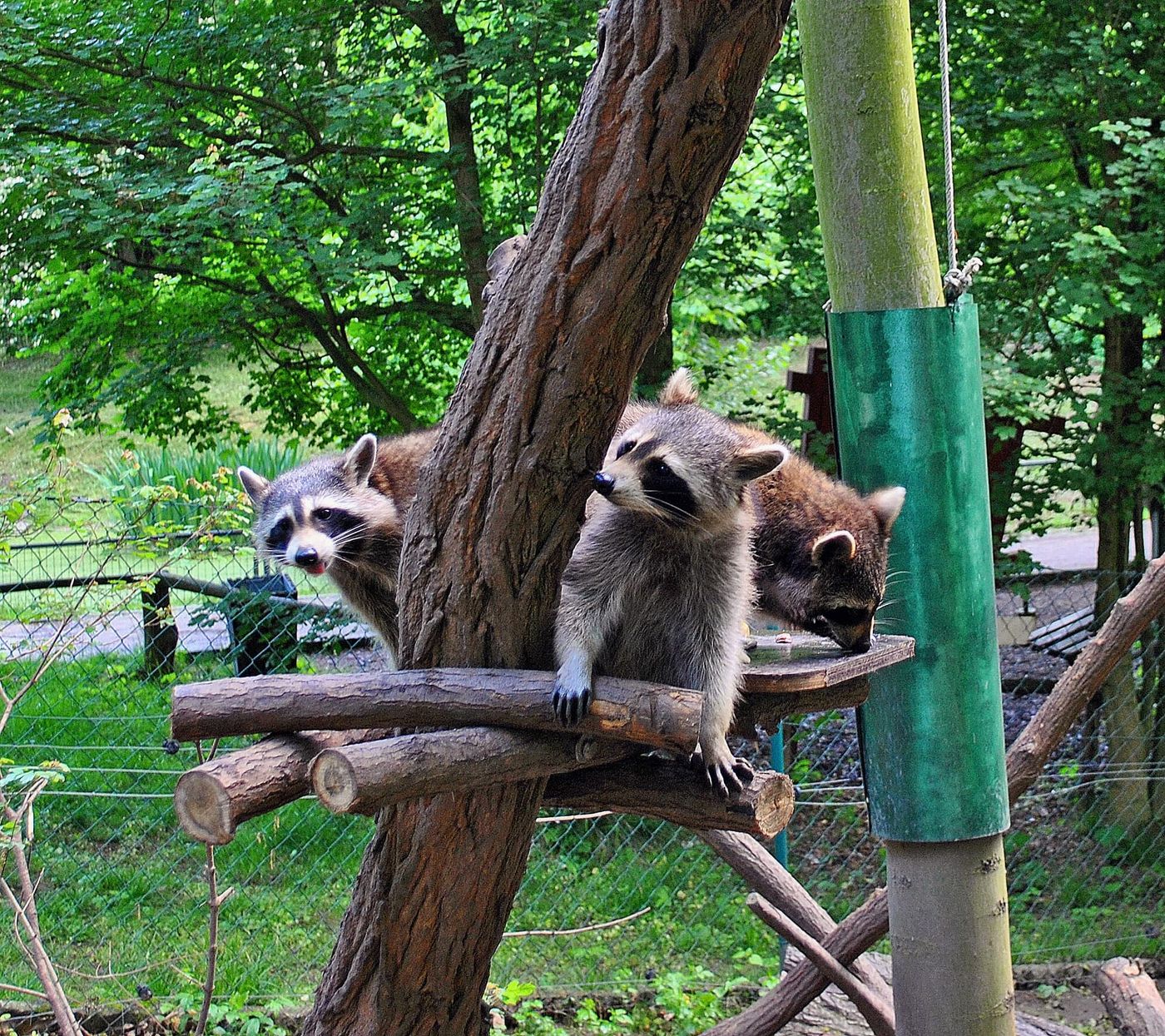
Görlitz
Animal family fun
The Görlitz-Zgorzelec Nature Conservation Zoo invites you to meet animals with its many walk-through enclosures, including ibex, deer and giant grey kangaroos. The Görlitz zoo is also home to the only Tibetan village in Europe with authentically recreated houses and animals typical of the country.
Themed playgrounds such as the discovery barn with indoor play facilities are not only fun, they also encourage playful exploration of topics such as globalization and sustainability.
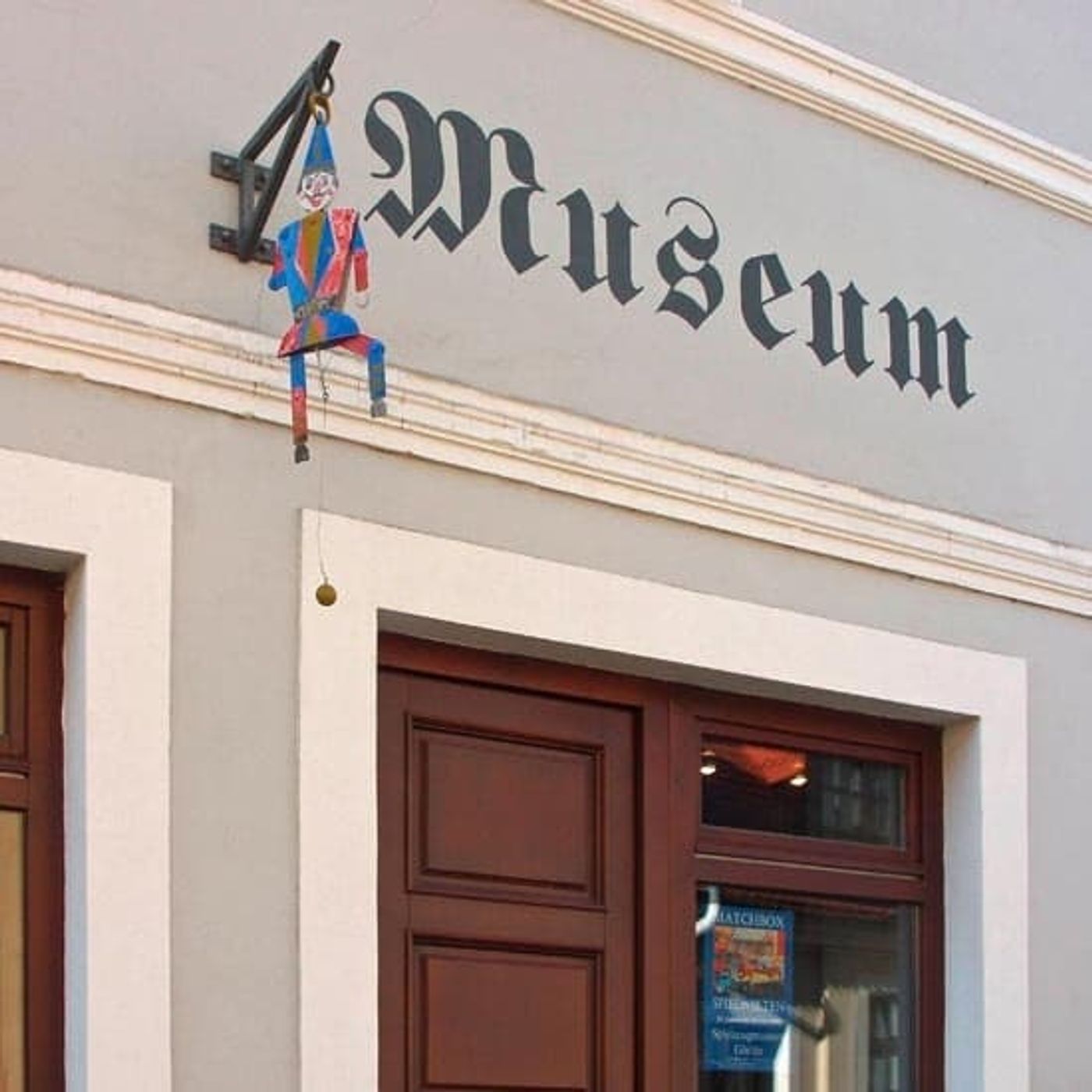
Görlitz
What once delighted children's hearts
An amazing treasure chest of toy history! Immerse yourself in the fascinating world of our childhood and discover the wonderful toys of past generations. From nostalgic doll's houses and wooden trains to GDR toys and life-size figures - this museum inspires with its variety and attention to detail.
The oldest pieces in the toy museum date back to 1850. Toys from the present day span 150 years of contemporary history. The four square meter miniature landscape under glass is unique. Here you can find just about everything that once delighted children's hearts, from tiny horse-drawn vehicles to life-size miners.

Göttingen
Göttingen's nucleus
Originally, the street consisted of two parts and was "the long street in the old village of Geismar": The first section led from the Albanikirchhof to the Inner Gate. In 1412, this street section was already called "Platea Geysmariensis Longa". The second section led from the Inner Gate to the Kornmarkt and lay within the city wall. It is mentioned in 1410 as "ante Valvam Geismariensem iuxta Plateam Gronensem". Finally, in 1864, Lange-Geismar-Straße was officially named, in the spelling still valid today.
So much for the history - today Lange-Geismar-Straße is one of the most exciting side streets in Göttingen - there is always something going on here. This is due, among other things, to the diversity of art, architecture, gastronomy and predominantly owner-operated stores. If you don't find what you're looking for here, you don't need anything.
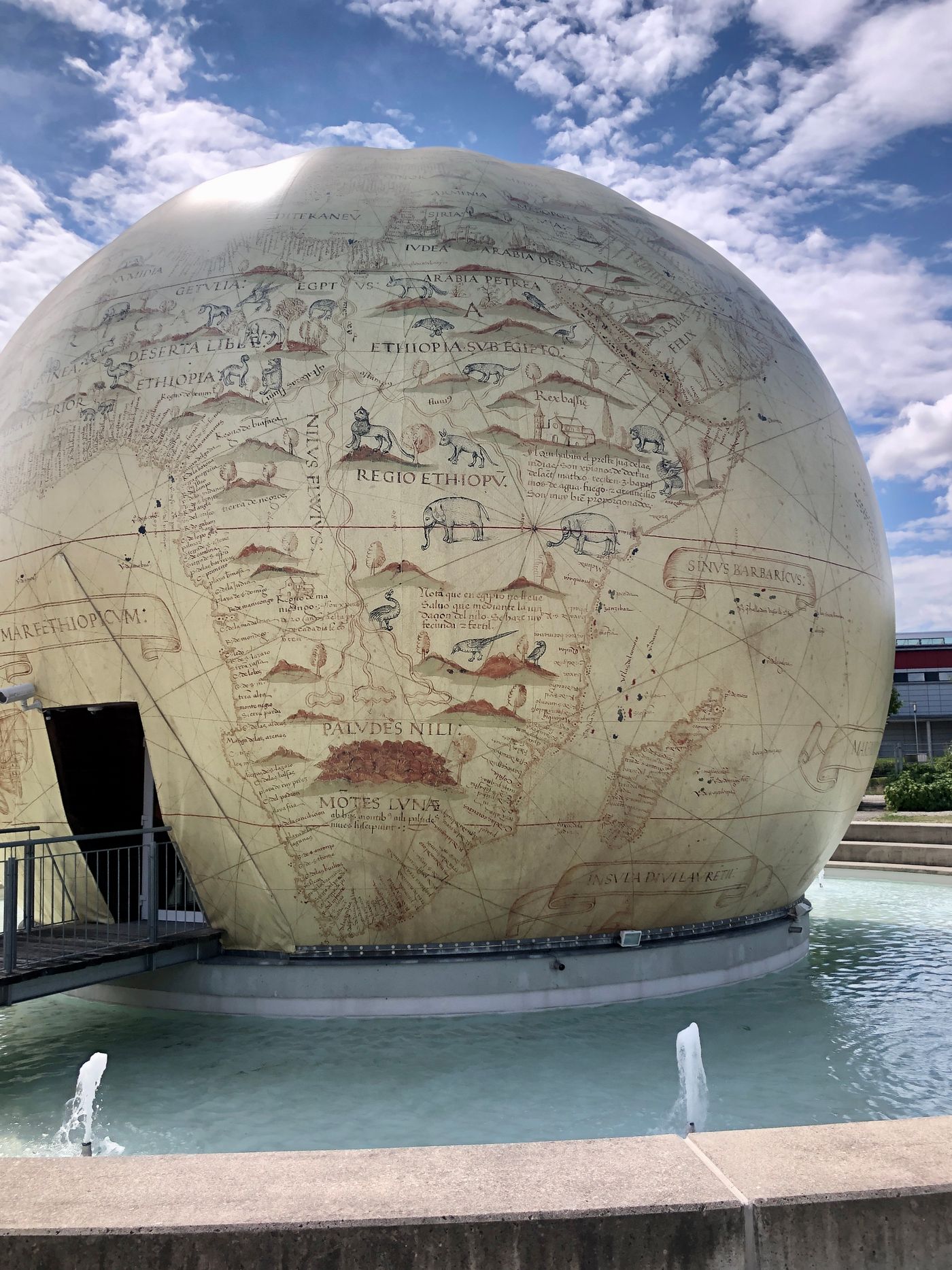
Königsbrunn
Mercateum - the world's largest globe
The Mercateum in Königsbrunn is an impressive globe - the world's largest - with an equally interesting interior! An exhibition provides information on long-distance and maritime trade, i.e. the trade in goods to India and other countries in Asia, Africa, Central and South America.
The globe itself is modelled on a historical cartography.
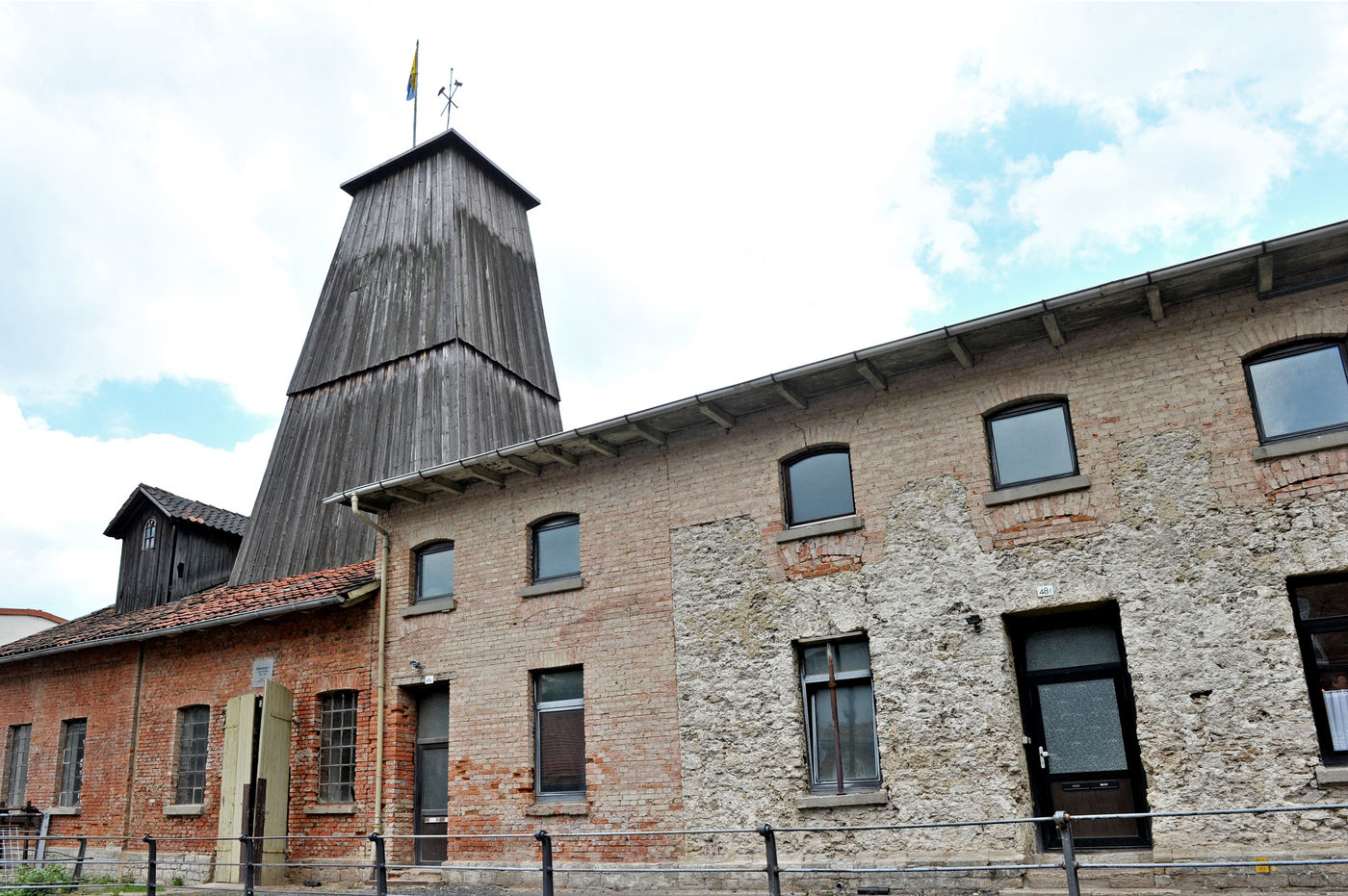
Göttingen
Living industrial monument
In Europe, the Luisenhall salt works is the only one that still produces salt from natural brine using old technology.
Based on the vegetation, a Göttingen resident guessed in the mid-19th century that the soil at this site was particularly rich in salt. He confirmed this assumption by means of test drillings. He discovered salt at a depth of almost 462 meters. As a result, he founded the saltworks in 1850. Even today, it is possible to get a direct insight into the work on site, because the saltworks are a living industrial monument.
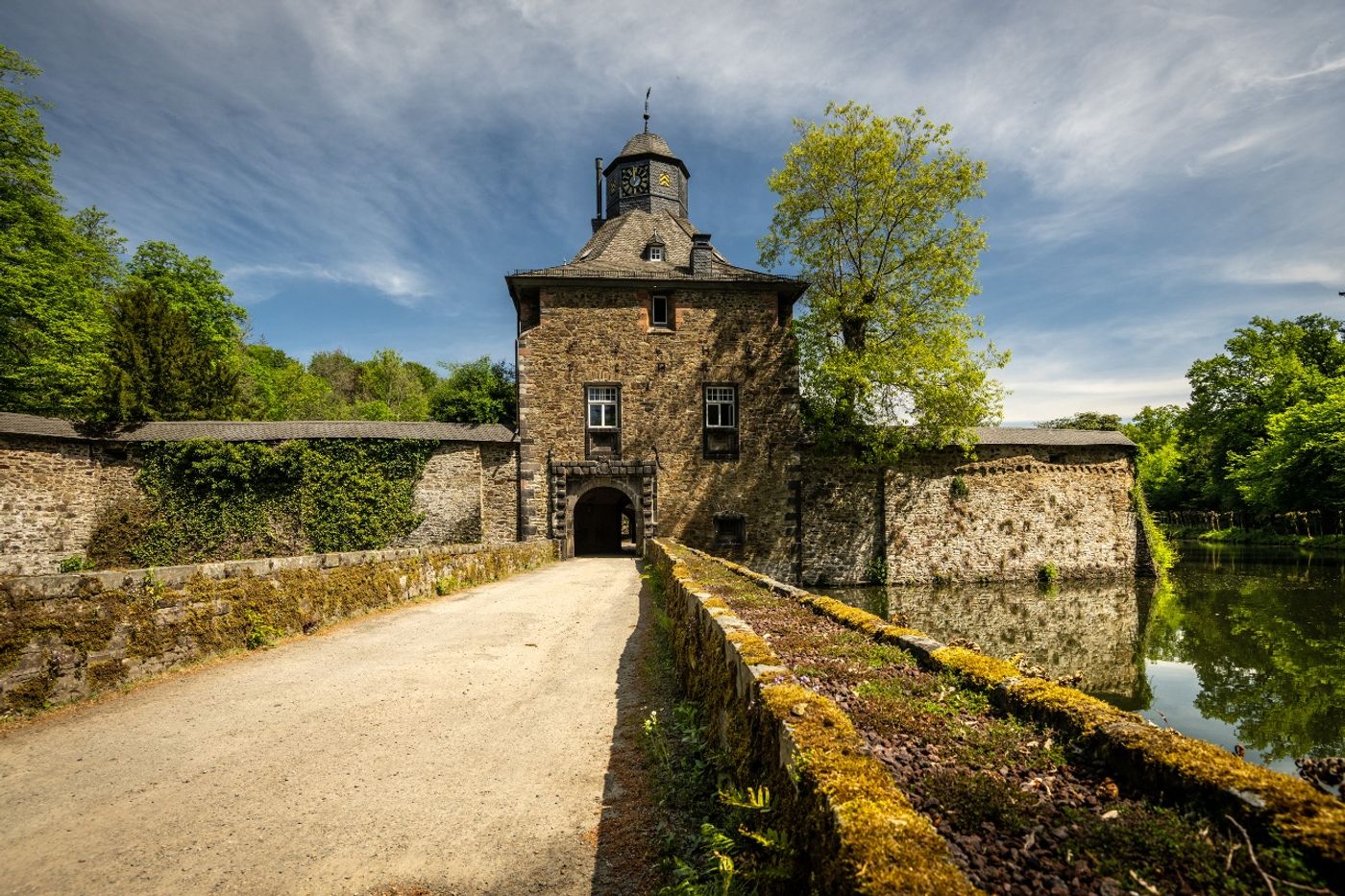
Friesenhagen
On the trail of the witches
On the Witches' Trail, you can immerse yourself in a dark period of history. The circular trail takes you through the picturesque landscape, past historical sights that tell of the persecution of witches in past centuries. The trail stretches over 7.8 kilometers and takes you through forests, the charming village of Friesenhagen and over the heights of the Wildenburger Land. Discover the secrets and stories along the Witches' Trail and let your imagination wander into the past.
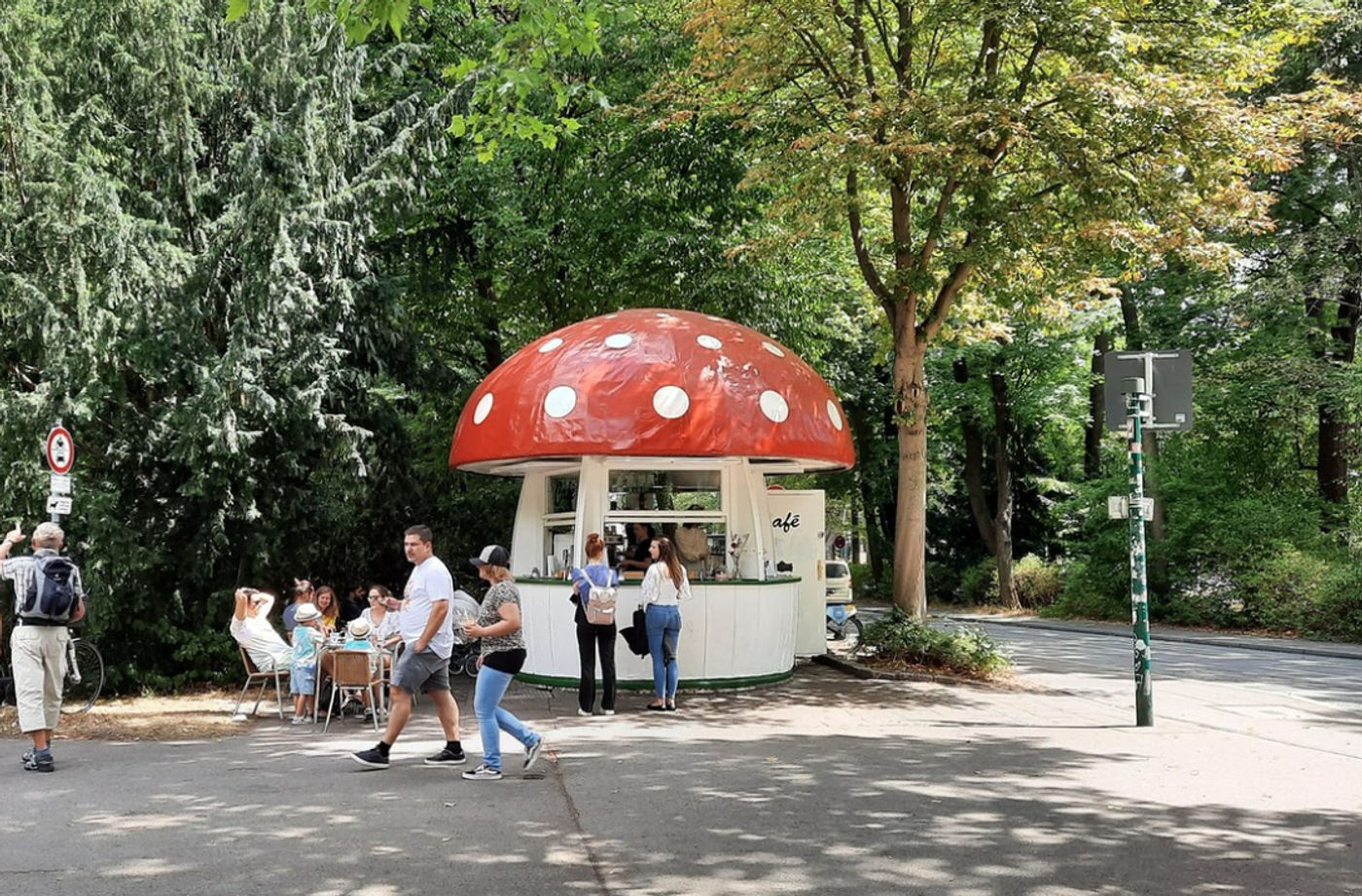
Regensburg
Nostalgie pur!
Immerse yourself in the nostalgia of the 1950s and 60s, when the economic miracle had Germany in its grip and life seemed so much easier. A very special tradition flourished in the picturesque landscapes of southern Germany: the Milchpilz kiosks, which seemed to sprout from the ground like enchanted toadstools.
Although the glory days of the Milchpilz kiosks are over, their legacy lives on. Today, you can still visit one of these timeless places in Regensburg. The Milchpilz with the serial number 38 in Fürst-Anselm-Allee has been a fixture in the city for over 60 years. What once began as a kebab stand is now a cozy stand-up café that invites you to linger and dream.
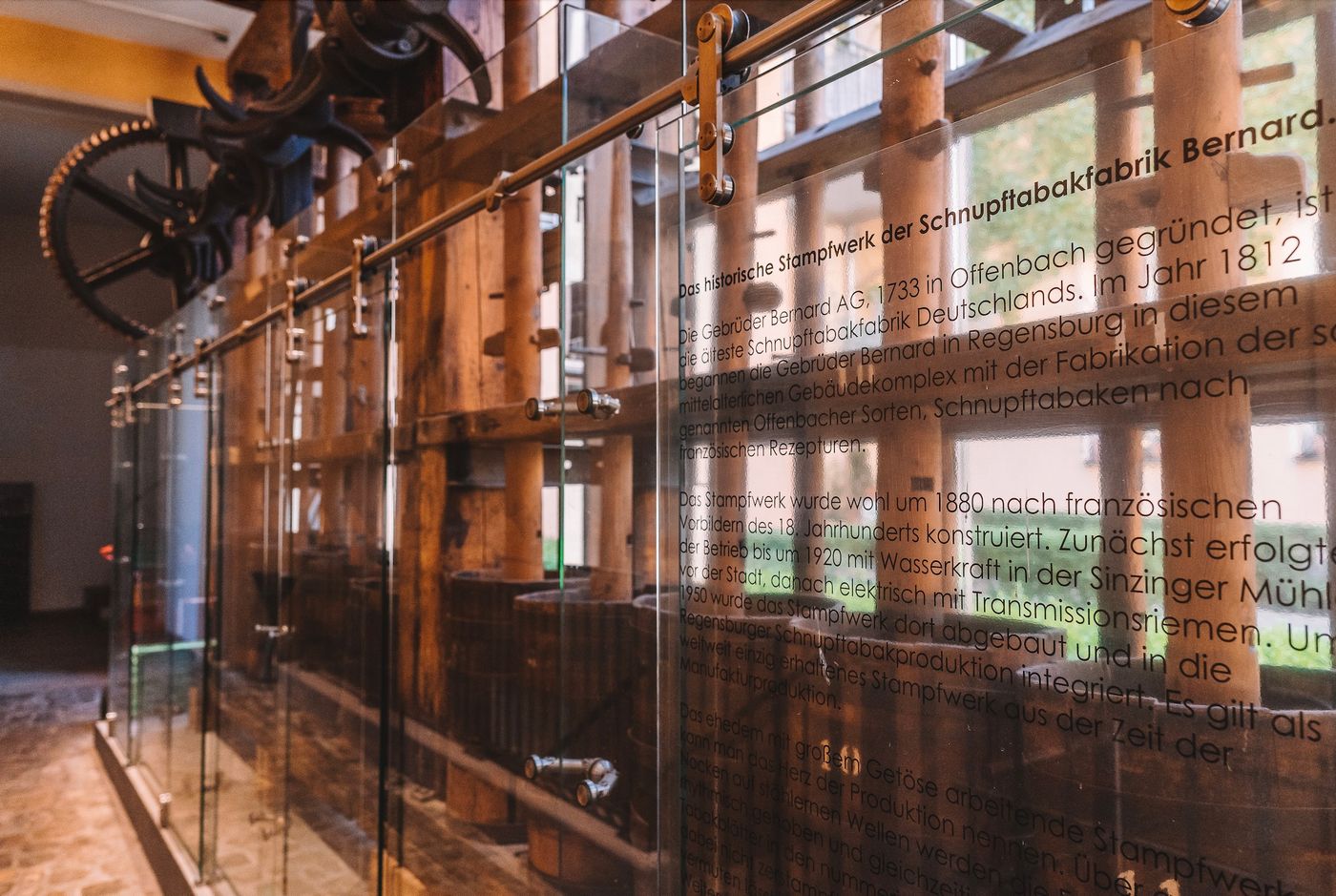
Regensburg
Insights into the alchemist's kitchen
Walk through the doors of an originally preserved Bavarian industrial monument, where the air is still filled with the unmistakable aroma of snuff and clarified butter. Here you can experience the fascination of the Bavarian "Schmalzler", refined with clarified butter, and immerse yourself in a time when snuff was all the rage in Europe.
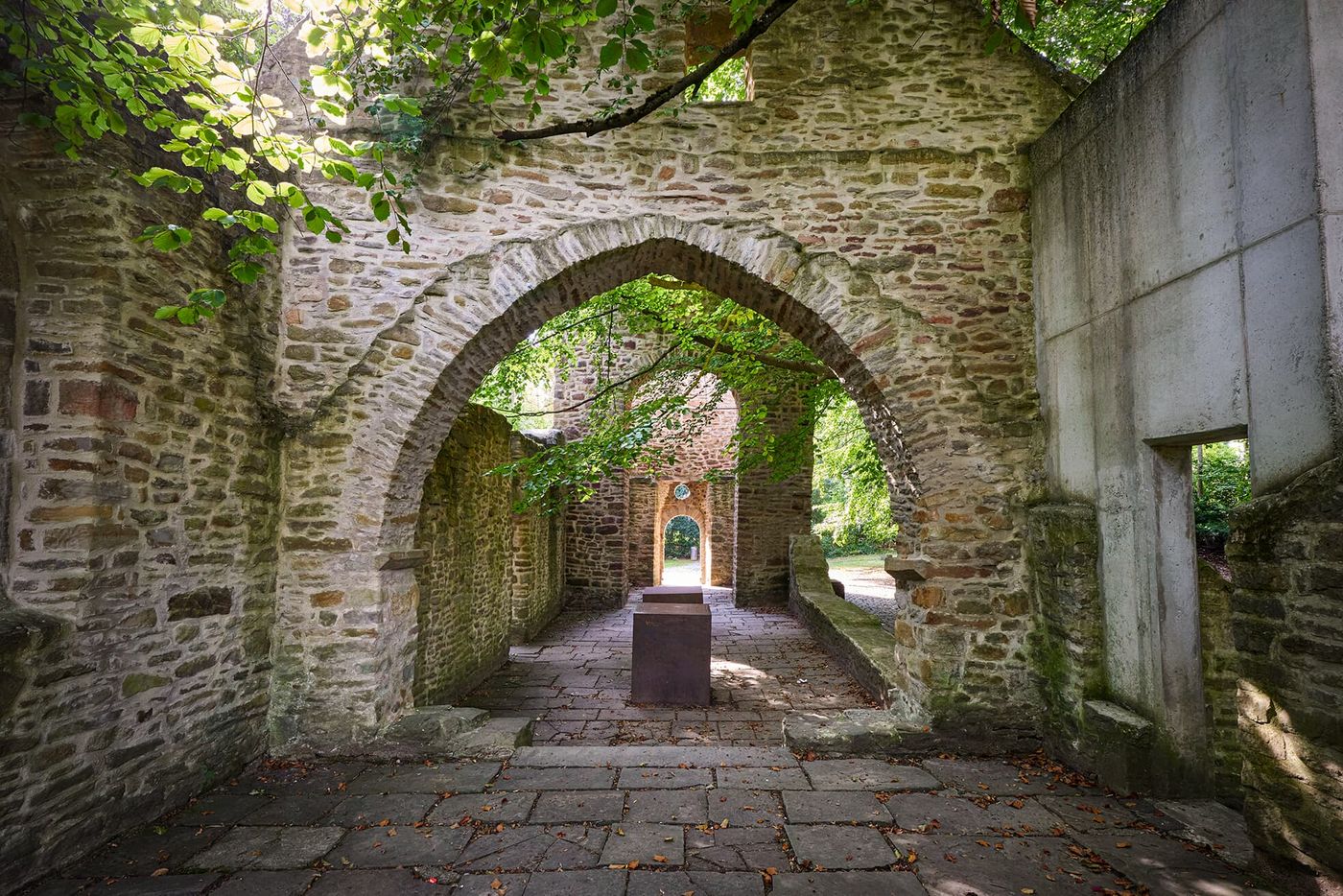
Bochum
Time travel between ruins and art
The area of the castle park includes the four-storey cube built by Situation Kunst in 2010 and the underground museum, which was built in 2015 and has exhibition rooms covering an area of around 1,500 square meters. In addition to the permanent exhibition, there are always changing exhibitions that are presented here.
The park contains 14 works of art belonging to the genre of concrete art by 7 different artists, which were installed between 1972 and 2015. The park is also home to the 80-hectare Weitmarer Holz forest and a pond. The paths are well developed and there are children's playgrounds and benches that invite you to spend time there.
As part of the redesign of the park in 2010, the ruins of the Sylvester Chapel were renovated.
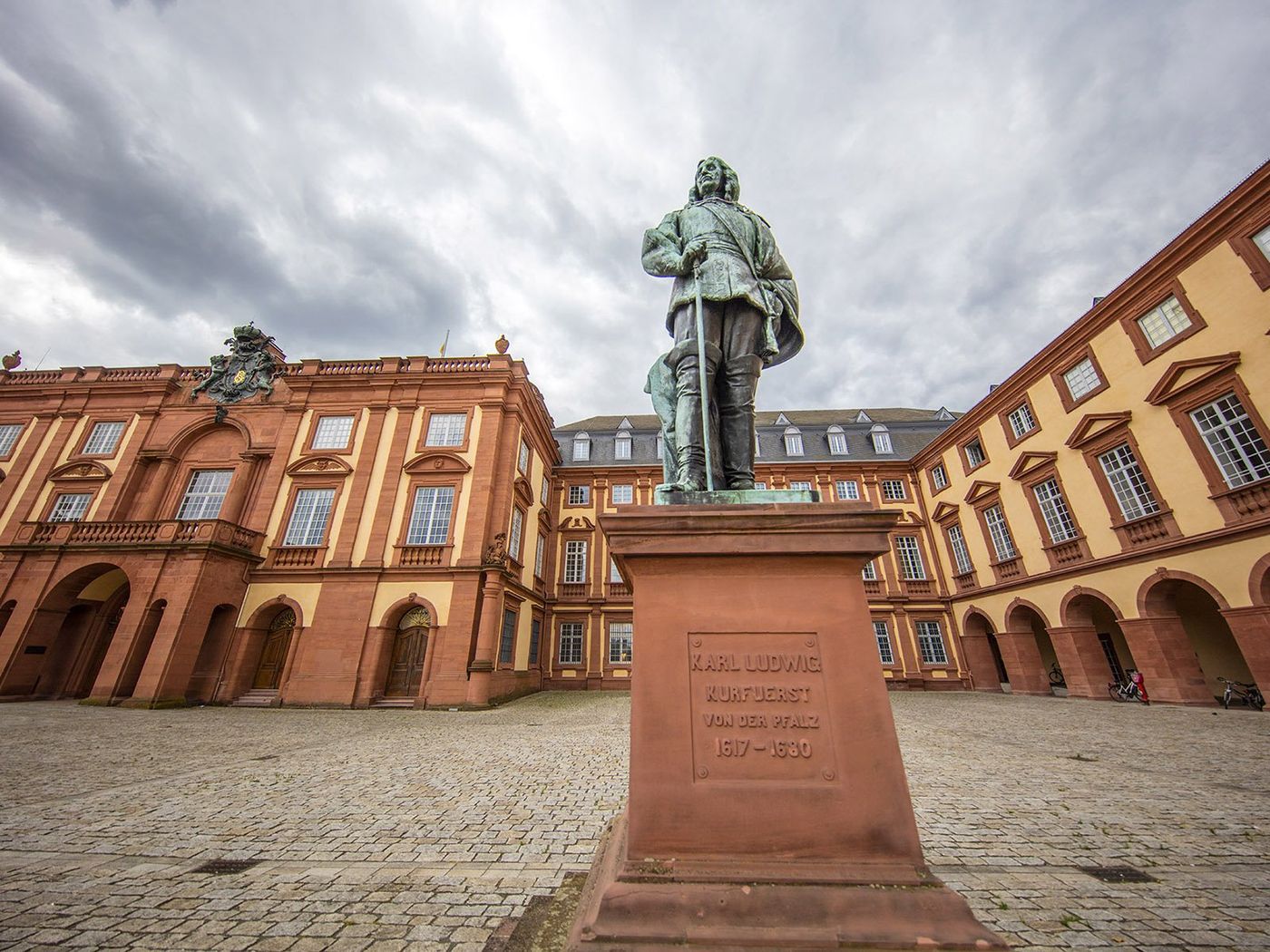
Mannheim
Immerse yourself in the splendour of the electors
Six wings, many windows and what is probably the most beautiful university in Germany are located in the middle of Mannheim — more precisely, in the baroque Mannheim Palace, the wonderfully magnificent building on the edge of the squares. It is the second largest baroque palace in Europe after Versailles. Legend has it that the Mannheim master builders deliberately planned exactly one more window than their French neighbour.
Whether on your own or on a guided tour, as you stroll through the State Rooms and the Castle Museum, you will embark on a journey through time full of splendor and impressive architecture.
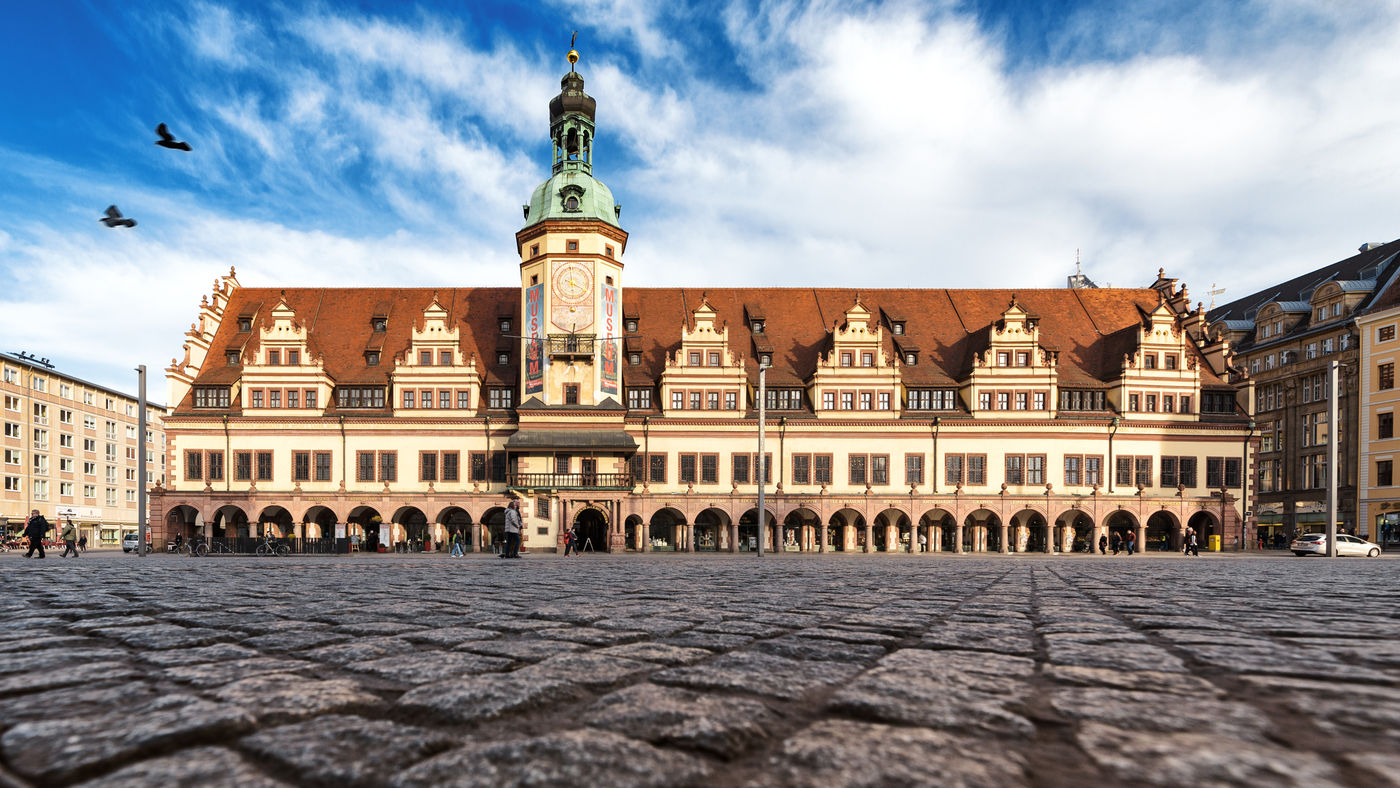
Leipzig
Musical journey through time
Enjoy the enchanting sounds of the lunchtime concerts in the historic ballroom, where the talents of the Leipzig University of Music and Performing Arts showcase their skills. Each concert begins with a fascinating glimpse into the city's past, spiced up with entertaining historical calendar pages. The concerts take place every Friday from 12:30 pm. Switch off and be enchanted by the sounds. Book your tickets early to make sure you can be there.
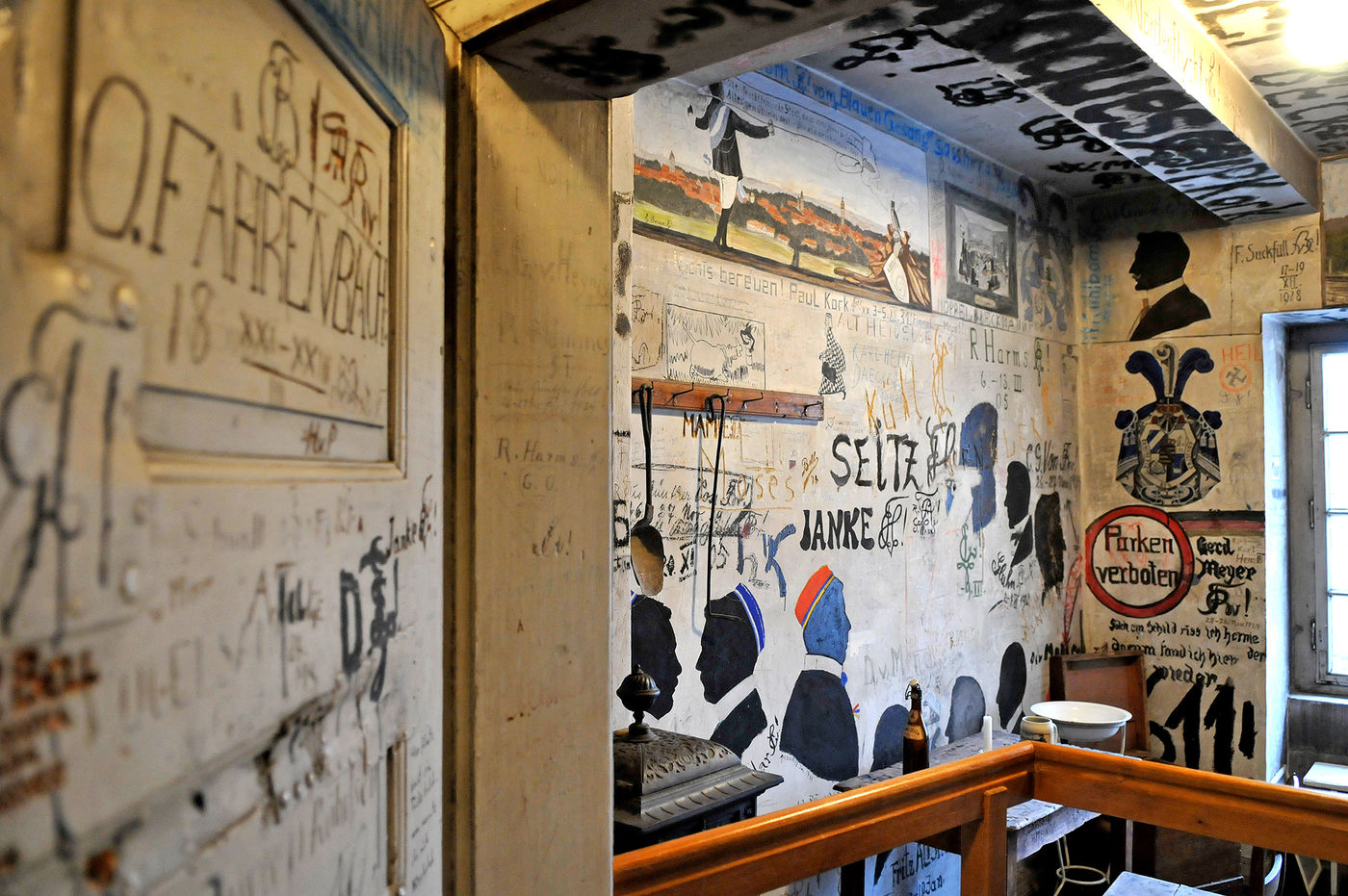
Göttingen
Student jail from back then
The former student prison in Göttingen, now known as the Göttinger Karzer, tells stories of times past. Here, students used to be punished for misdemeanors of their time. In the narrow cells, you can still discover the traces of the students who spent their time in the Karzer. The walls are decorated with graffiti and give a glimpse of student life in the 18th and 19th centuries. A tour of the Göttingen Karzer allows you to dive into the past of the university city and learn more about the history of the students. The tour of the historic Karzer on Wilhelmsplatz is only possible during a guided tour of the city.

Győr
The impressive Carmelite Church in Gyor
Discover the Carmelite Church, known for its opulent interiors and stunning frescoes. Founded in 1697, the community of Carmelites invited from Germany grew rapidly. Admire the early Baroque style elements, the masterpiece of the main altar, and the ceiling paintings created by Paul Troger, one of the most important artists of the Viennese Baroque.
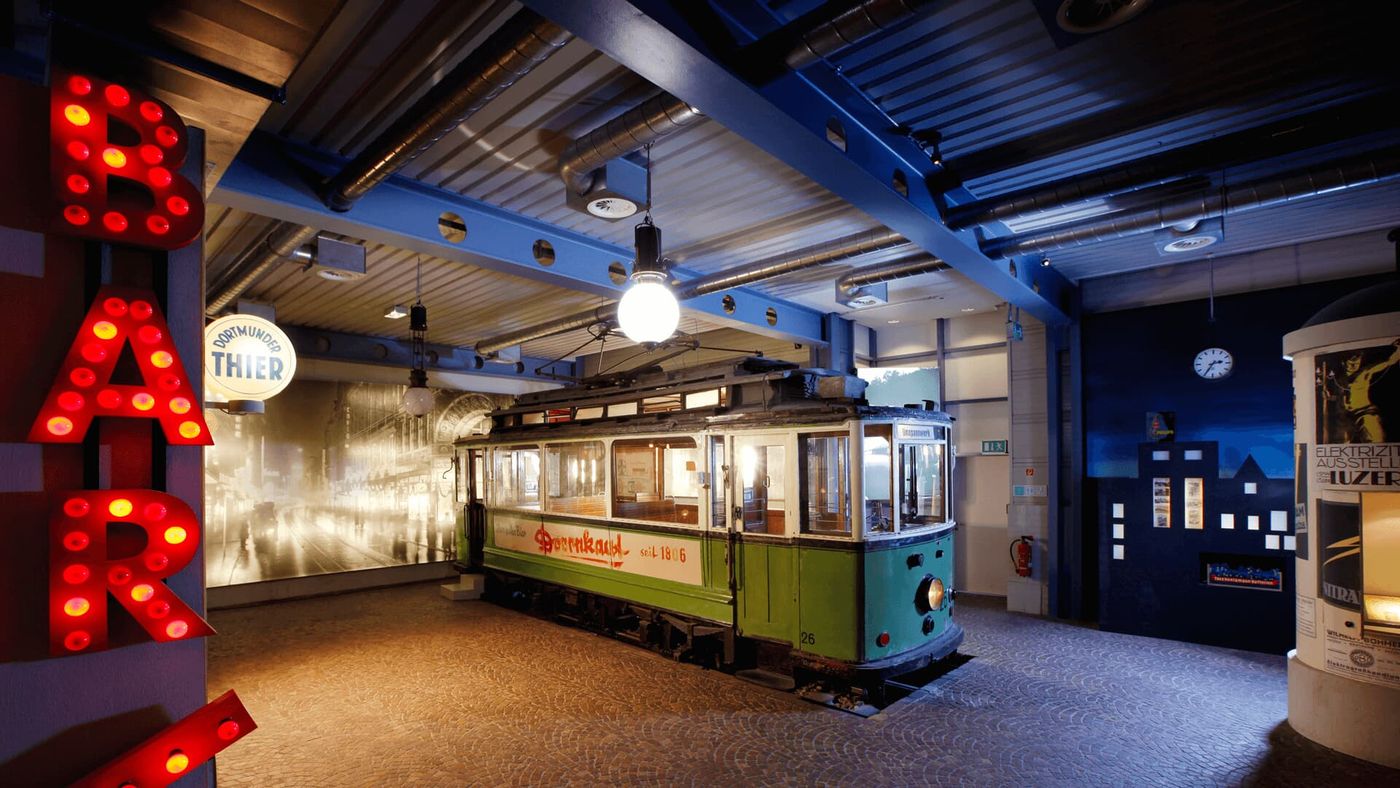
Recklinghausen
Exciting journey through the history of electricity
This anchor point is a modern operating site, museum and listed building all in one. The "Time Travel Electricity" in the Recklinghausen substation presents the cultural, social and technical history of electrification on 2500 square meters.
The substation continues to do its work as it always has and is an impressive anchor point with its unique combination of listed building, active operating site and museum.
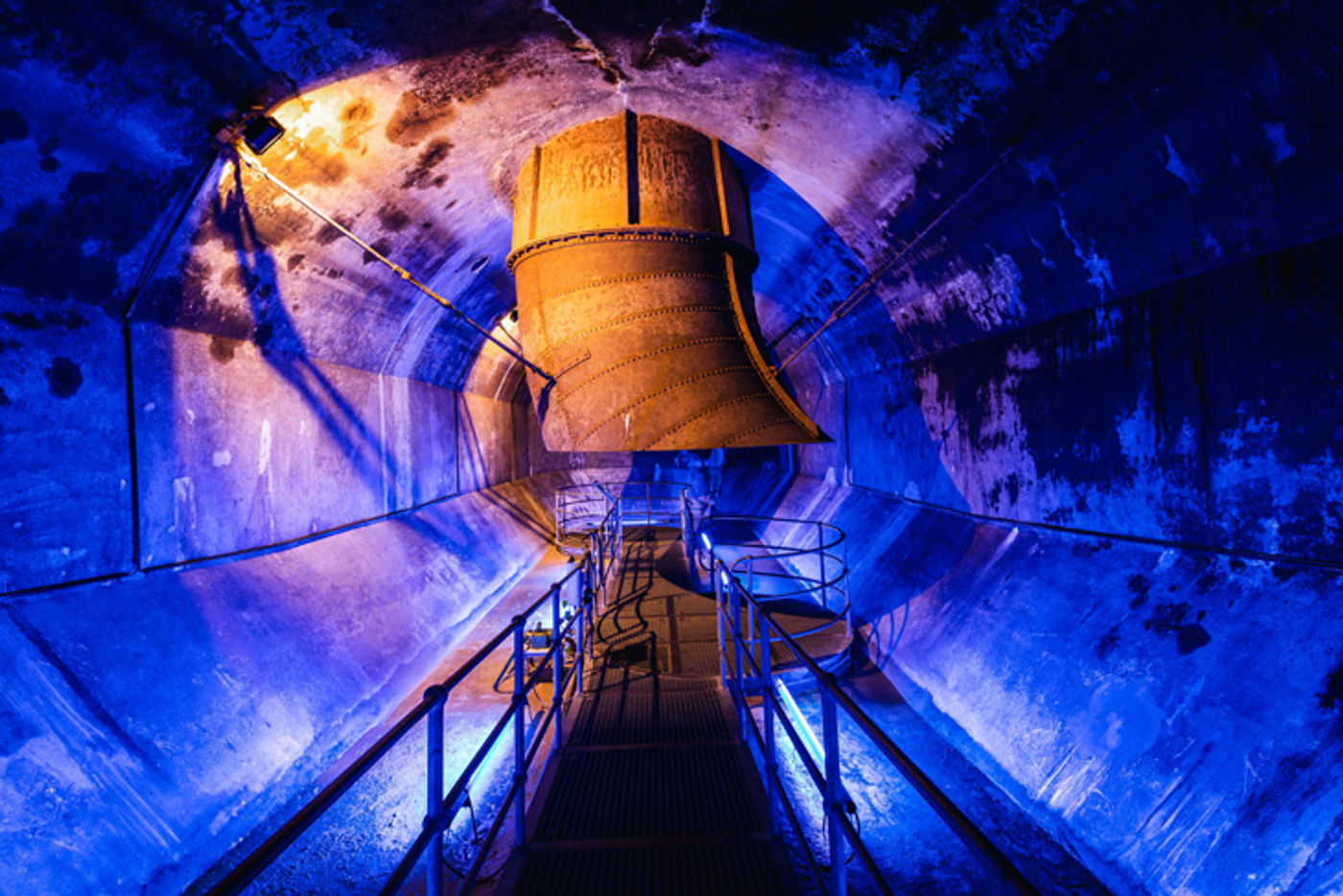
Langweid am Lech
A monument to technology
Visit the historic Langweid hydroelectric power plant and discover the preserved turbine chamber, a technical monument from days gone by. Let yourself be fascinated by the history of the Lech in Bavaria, which has been home to the Langweid hydroelectric power plant since 2008.
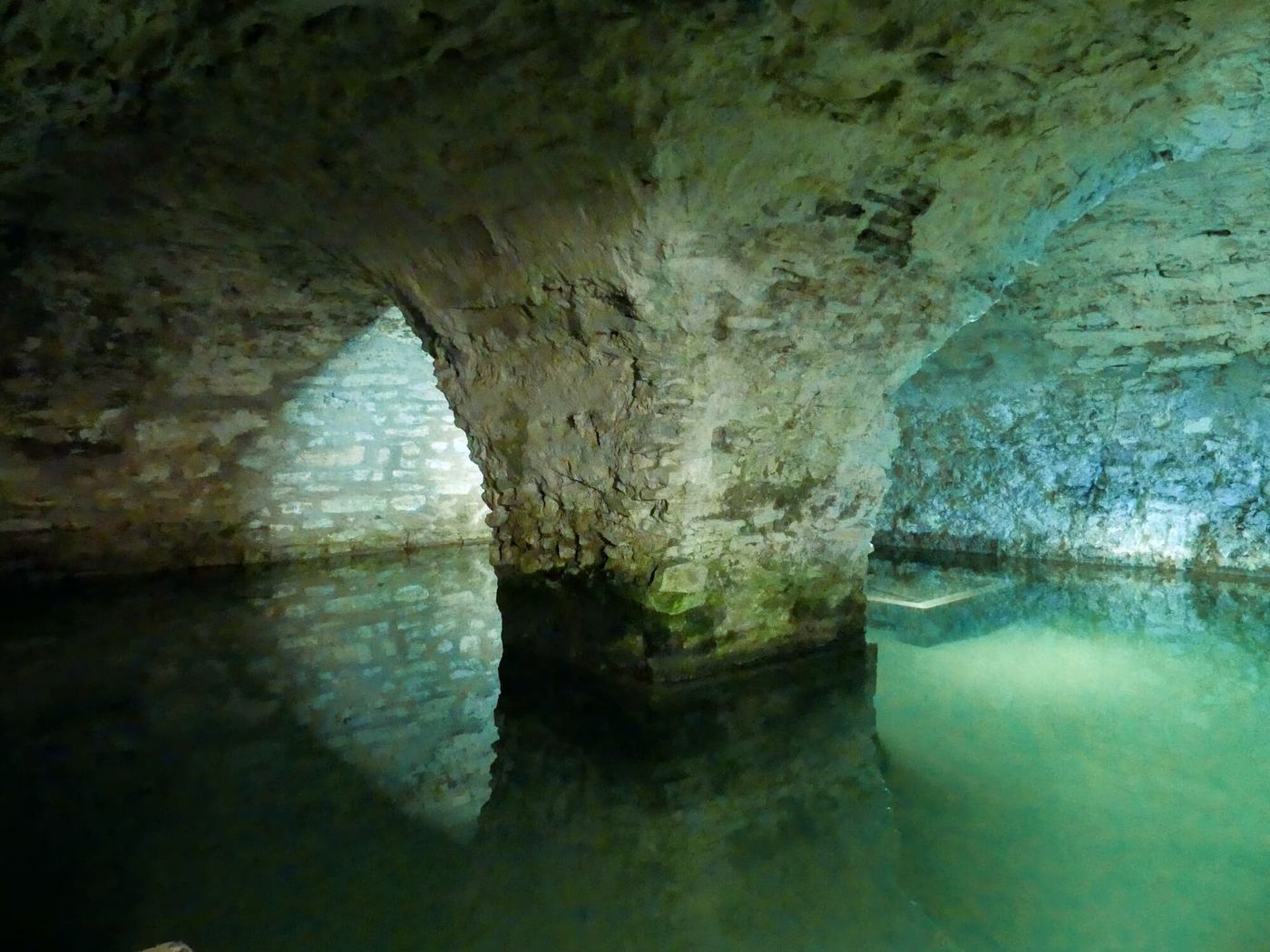
Paderborn
Immerse yourself in the history of Westphalia
On the north side of the cathedral is the area where Paderborn and European history was written a good 1200 years ago.
The settlement at the Pader springs gained importance during Charlemagne's Saxon Wars, which began in 772 and combined the expansion of the Frankish empire and the spread of the Christian faith as a sword mission. Nine stays of the Frankish king in the Paderborn area are attested.
From 776, he built a Karlsburg castle here, the fortifications of which surrounded the present-day cathedral area. Large numbers of Saxons were baptized in this Karlsburg. In 777, the first Frankish imperial diet was held there on newly conquered Saxon soil. This year is considered the year Paderborn was founded.
The museum in the imperial palace provides an insight into the history of Paderborn and Westphalia from the 6th to 12th centuries. One of the focal points here is Charlemagne's palace, which he had built in 777 above the Pader springs as the first and only one in Saxony. Wall paintings, glass and numerous other archaeological discoveries provide an impressive picture of the appearance of this complex and its historical significance.
The reconstructed Ottonian-Salian palace with its chapels and unique spring cellar bears witness to Paderborn's heyday in the early 11th century.
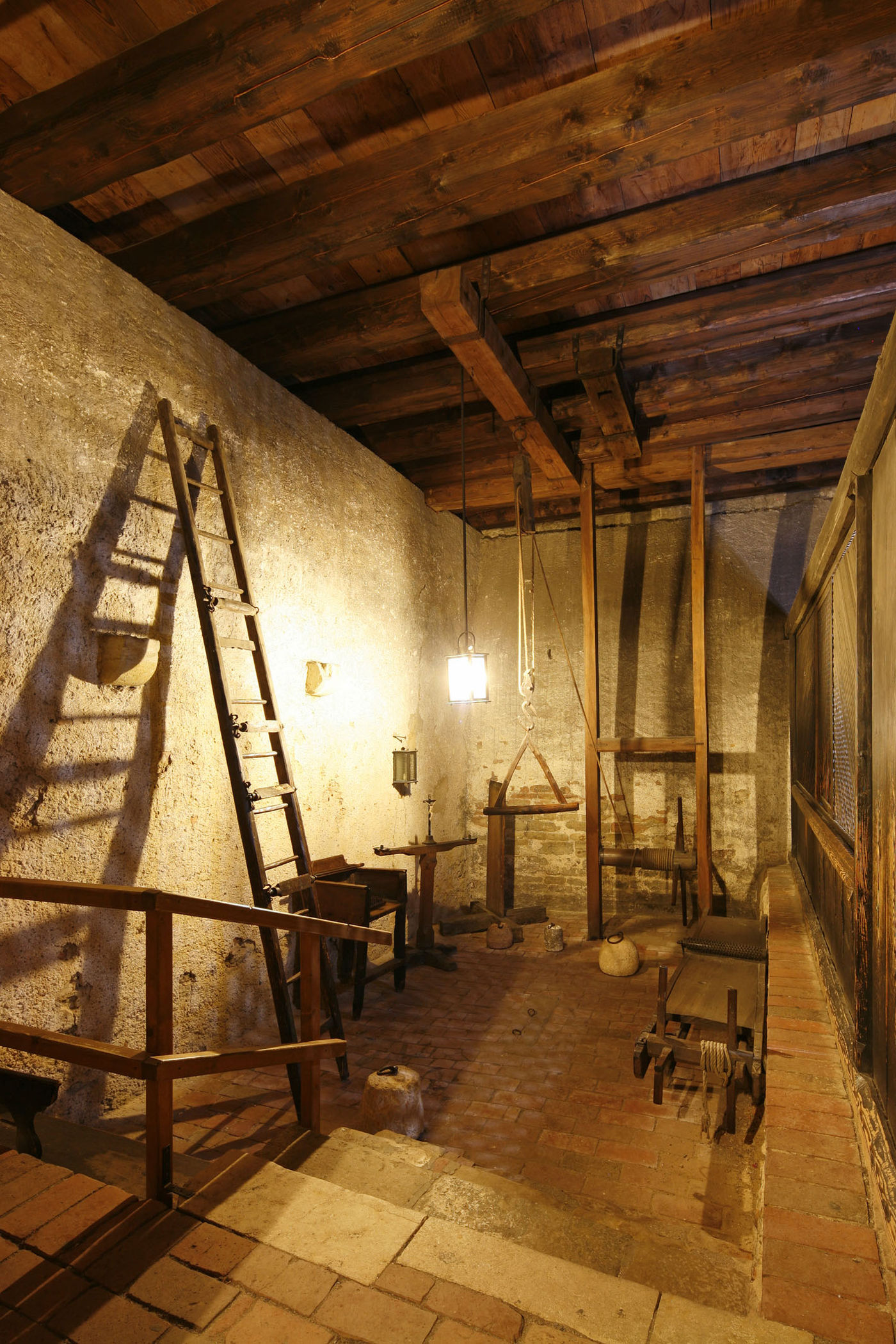
Regensburg
The chamber of horrors
History comes to life in the cellar of the Old Town Hall in Regensburg. The "Fragstatt" with original torture tools is impressive and accessible on guided tours. Experience first-hand how defendants waited for their interrogations in absolute darkness and on cold stone floors before being led into the creepy world of the torture chamber, a place that is both fascinating and terrifying.
Incidentally, the late Gothic pointed arch portal, adorned with the city keys and two armoured half-figures, impressively symbolizes the defensive nature of the city. This landmark, known as protection and defense, gives the building an unmistakable character and makes it a fascinating place of historical discovery.
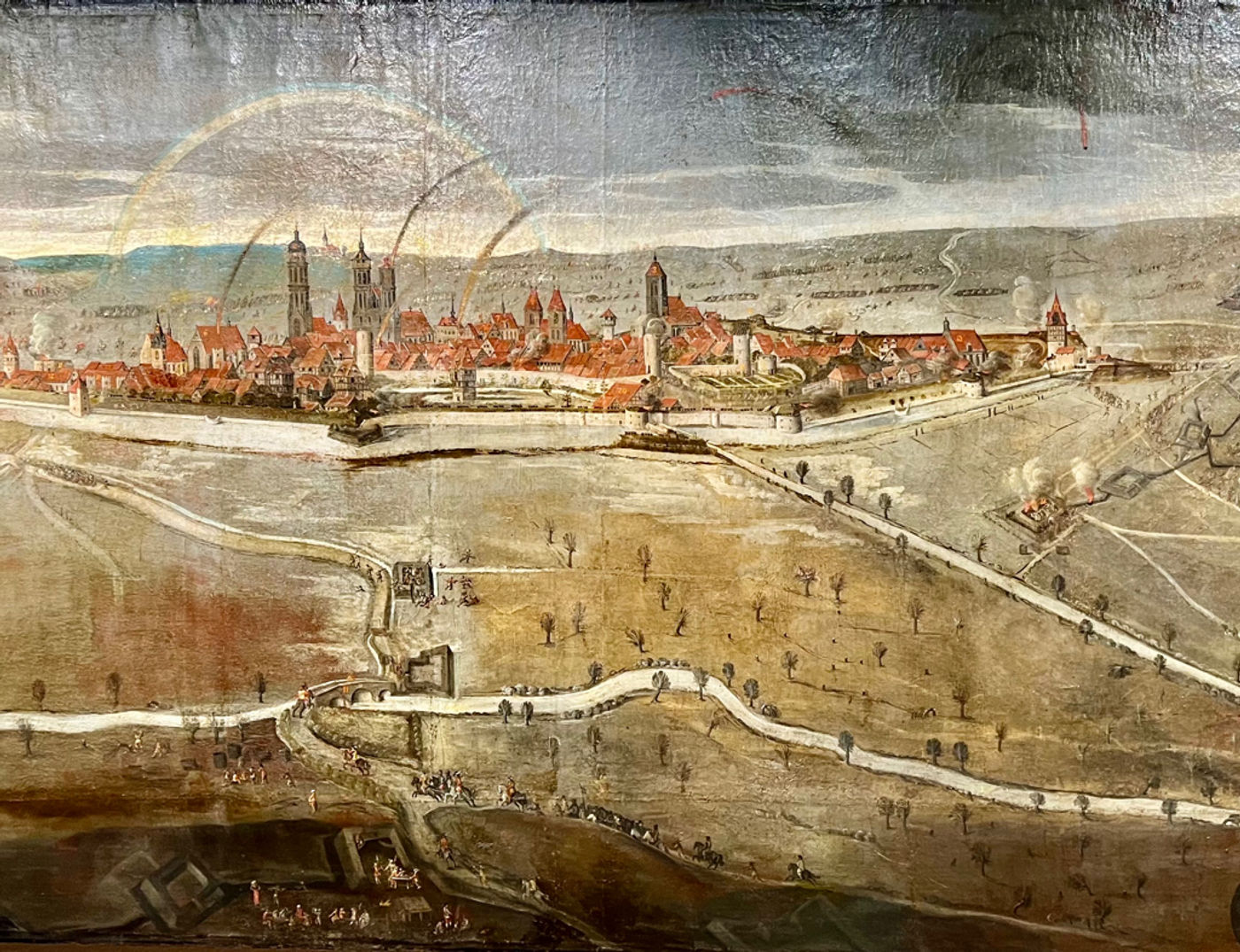
Göttingen
How Gutingi became Göttingen 🕰️
An exciting time travel through Göttingen's history. Not only the original Gänseliesel can be found in the municipal museum, but also exciting stories and pictures from early Göttingen. At the huge picture from the 16th century you can hang forever. The museum is also open on Sundays and admission is free!

Essen
Largest residential tower in the region
A historical highlight that should not be missed in the summer months - the castle ruins Burgaltendorf.
Built in Romanesque style in the second half of the 12th century, it is the largest preserved residential tower between the Rhine and the Weser. Once surrounded by a moat, today the castle offers a breathtaking view of the surrounding countryside. Visitors can climb the tower and enjoy the view or wander through the remains of the former residential building.
The tower of the complex with its viewing platform can be visited free of charge between mid-April and mid-October every Saturday, Sunday and public holiday from 3 to 5 pm.
A walk through the surrounding area, past streams and the Schellenberg Forest, perfectly rounds off the excursion.
